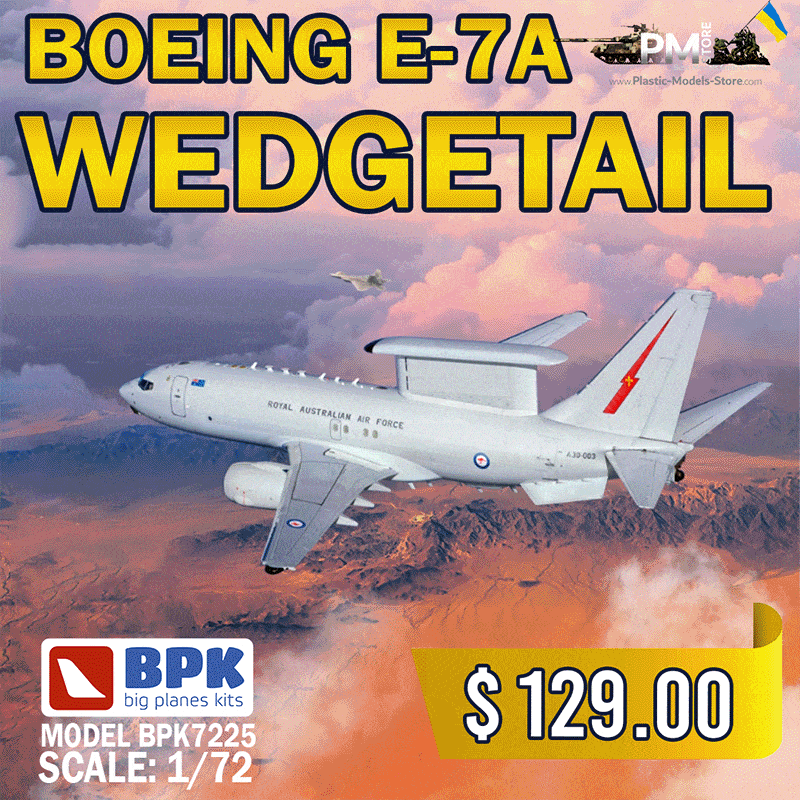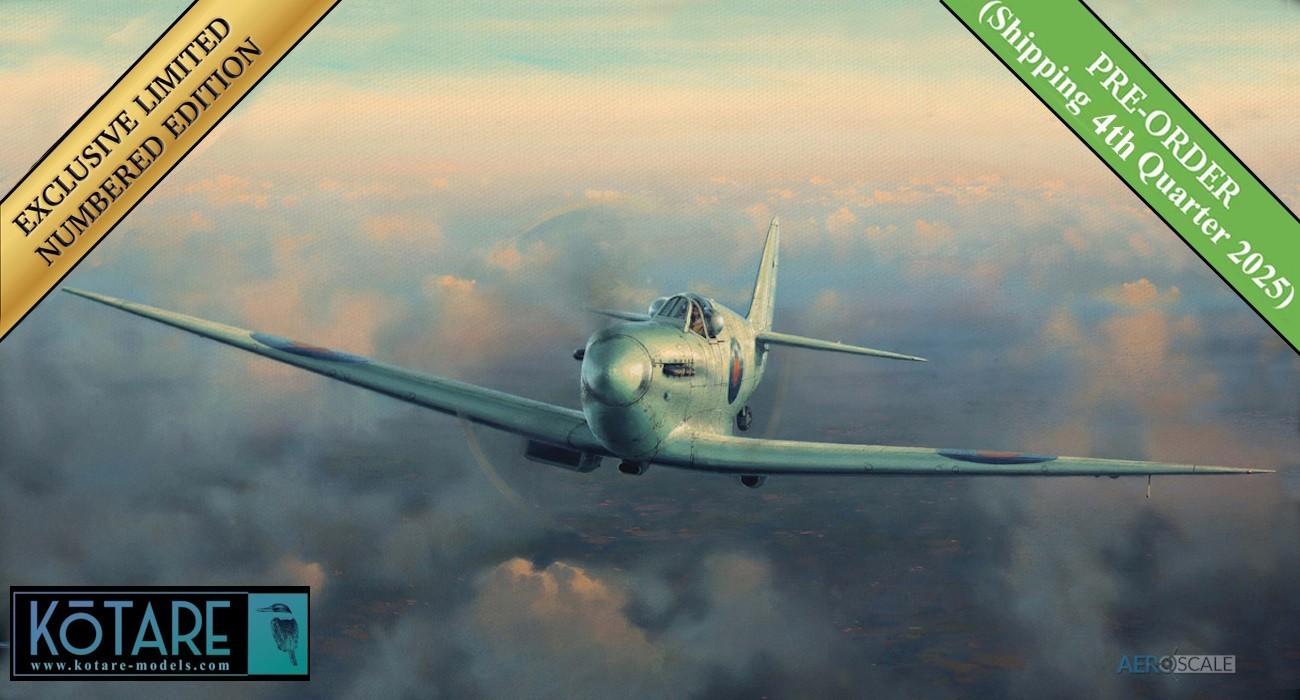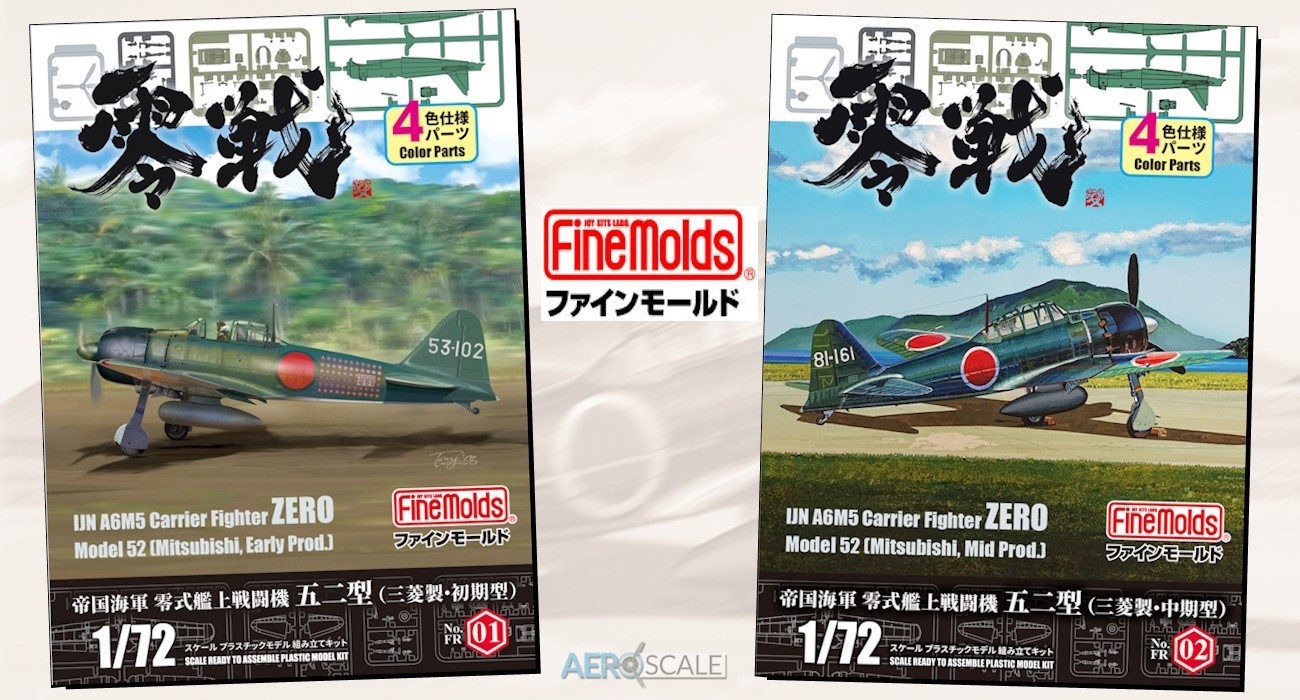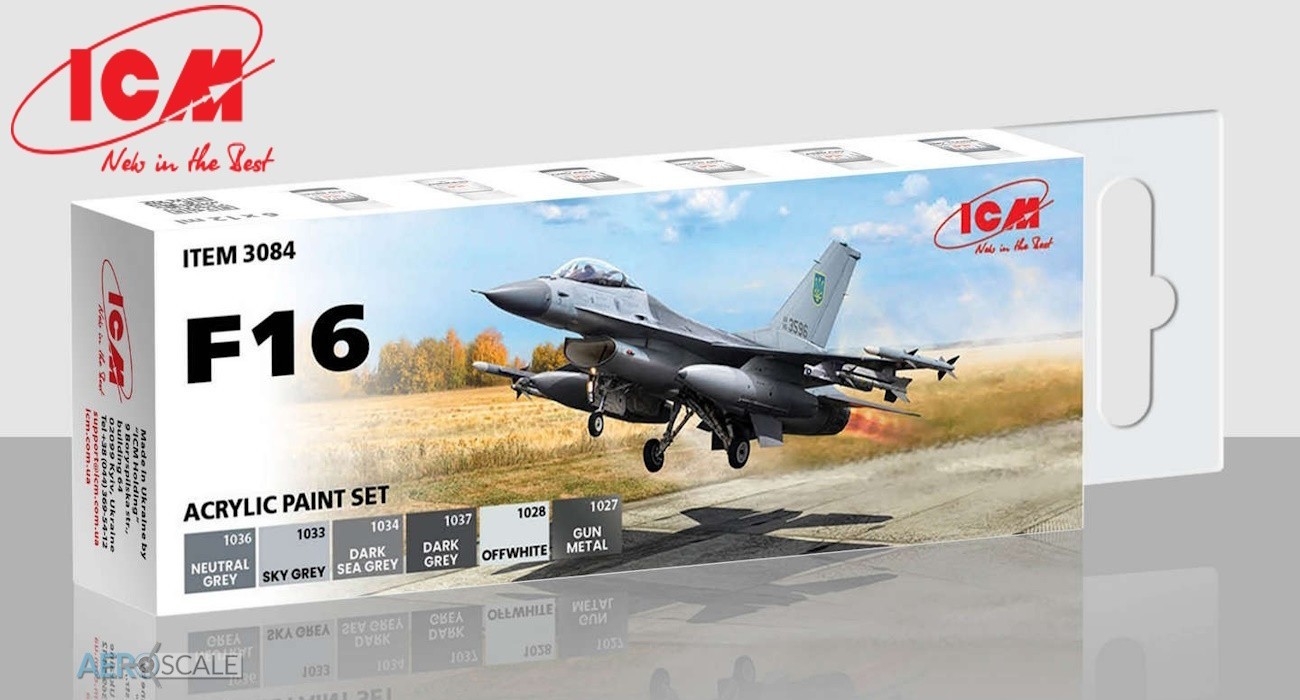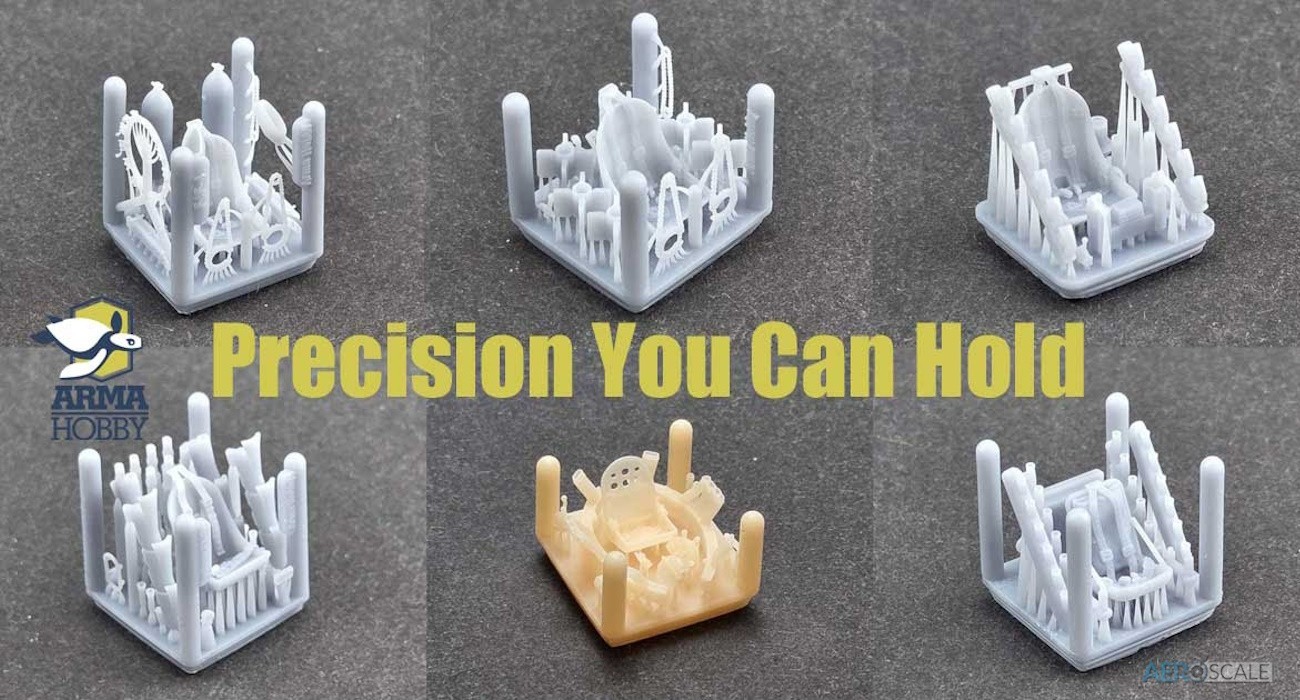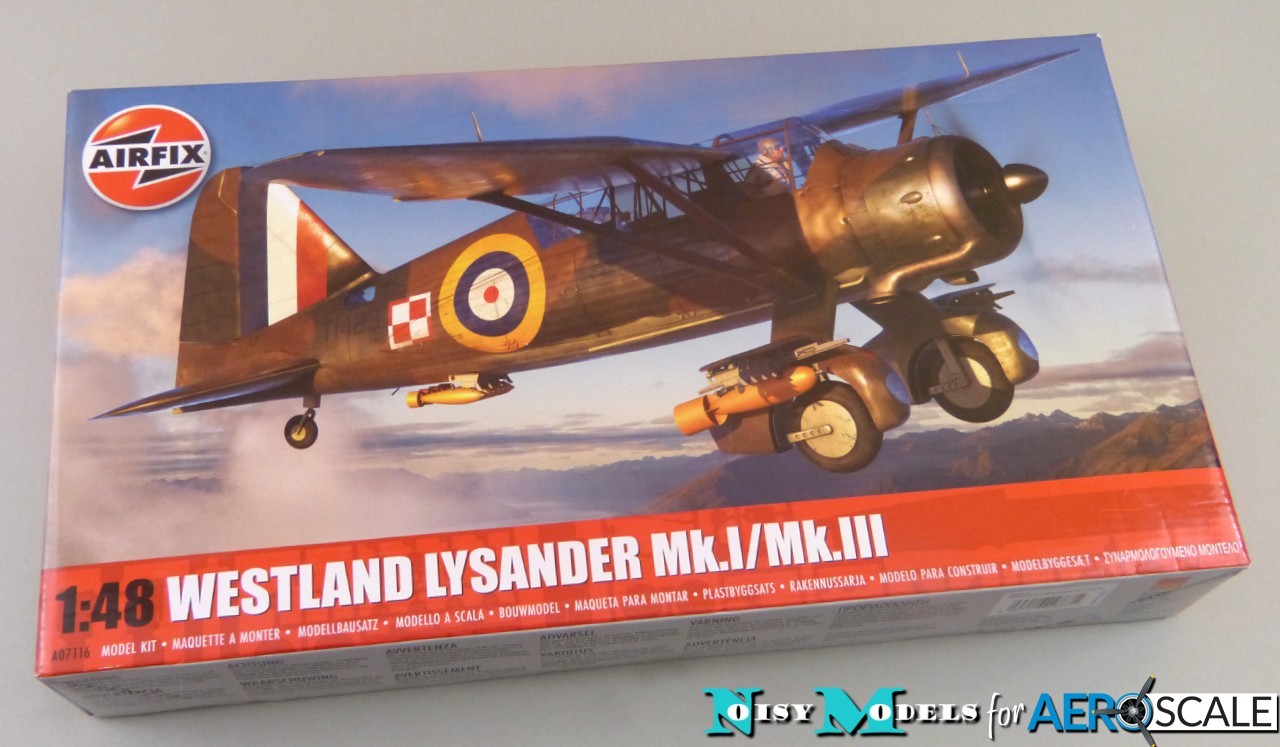
Background
Despite being something of a failure in the role for which it was designed, the Westland Lysander went on to achieve a degree of fame thanks to being used for daring night-time covert operations over occupied France.
Originally intended as an army-cooperation aircraft, the Lysander boasted excellent visibility and STOL performance, and could carry light bombs and smoke markers under the fuselage and on small "winglets" fitted to its spatted undercarriage. Sadly, the "Lizzie", as it was affectionally known, proved unsuited for the role and was found to be chronically vulnerable during the Battle of France. Critics declared that it fell between two stools - too fast for effective artillery spotting, but too slow and lacking the manoeuvrability needed to evade enemy fighters. Compared with the Fieseler Storch, the Lysander was twice as fast, but weighed four times as much.
Nevertheless, the Lysander's short-field performance proved invaluable from 1941 onwards in a new role with the Special Operations Executive. The aircraft involved were modified to squeeze in up to three passengers and flew from Britain to unprepared airstrips behind German lines where they dropped off or collected agents to aid the French Resistance, or rescued downed Allied aircrew.
With the end of WWII, the Lysander faded quickly from requirements and the last Lizzies in British service were stuck off charge in 1946.
The Kit
Airfix's new Lysander arrives in an impressive top-opening box that honestly looks big enough for a 1:32 Lizzie. Therefore, I was half-expecting to find the contents rattling around inside, but this isn't the case at all - the box is well-stuffed with runners protected in heavy-duty plastic bags and the clear parts sealed in their own pouch. I think the large box is needed because some of the parts are quite widely spaced apart on the runners - this and the fact that Airfix have packed in masses of detail, so there simply are a lot of parts.
The kit comprises:
189 x grey styrene parts
34 x clear styrene parts
Decals for 2 x colour schemes
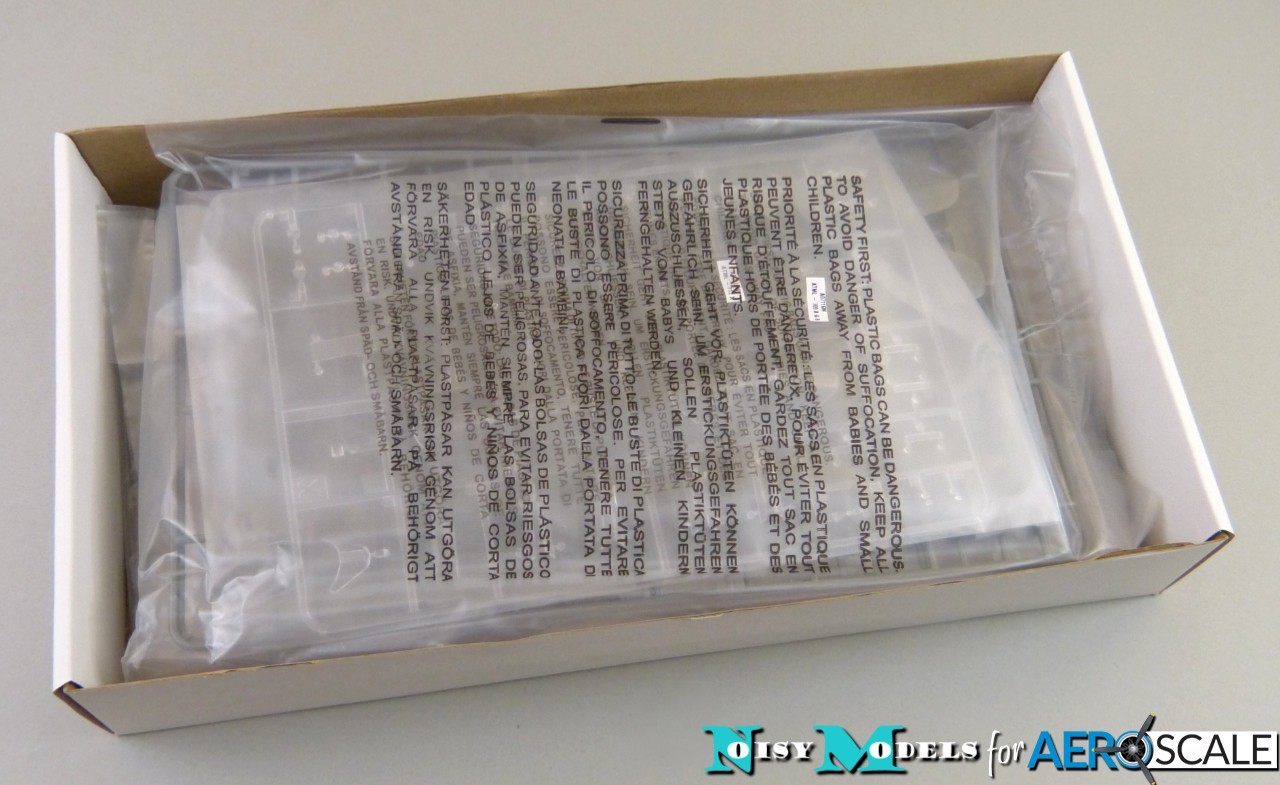
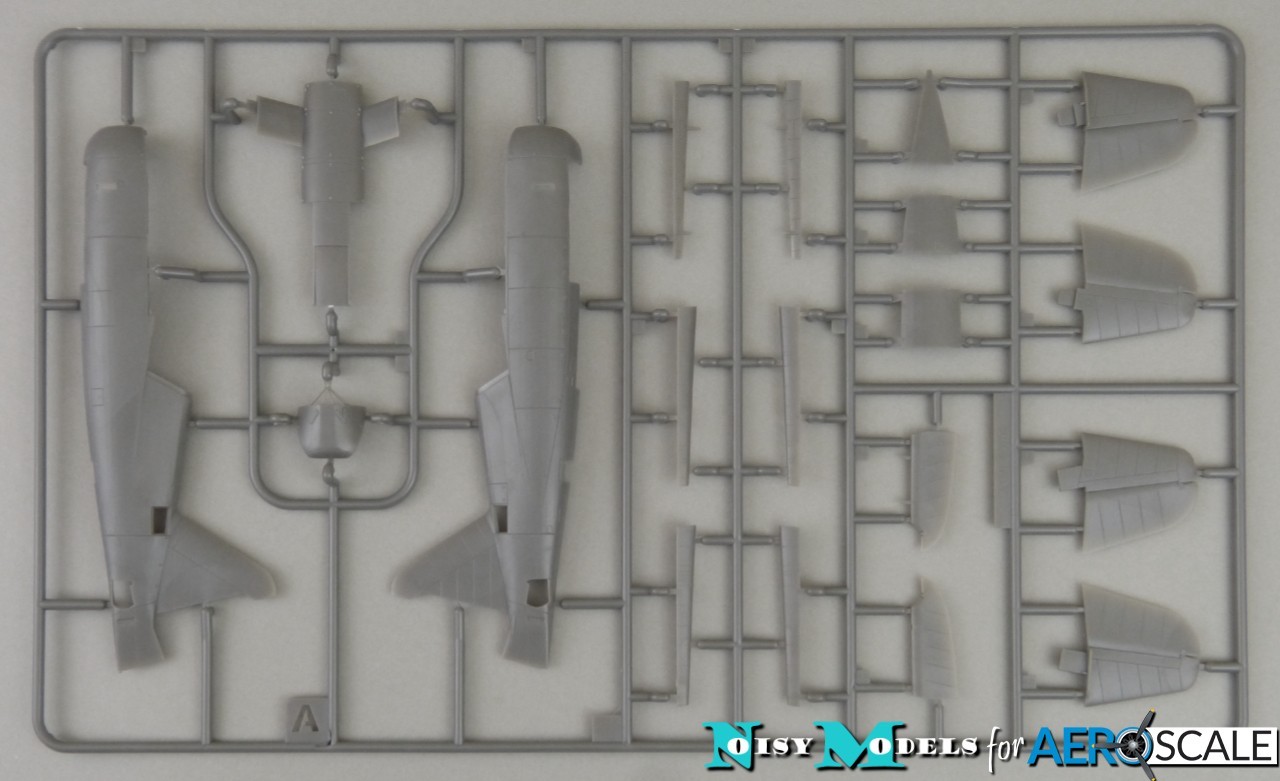
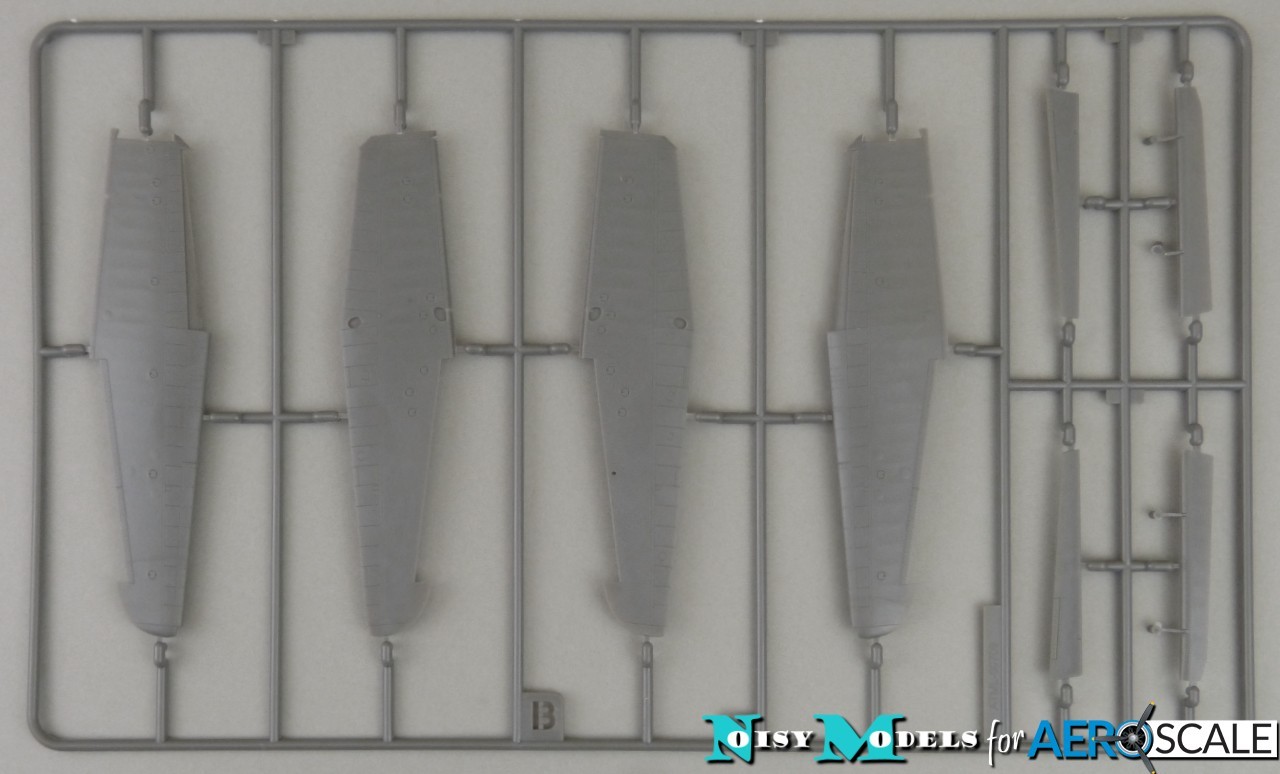
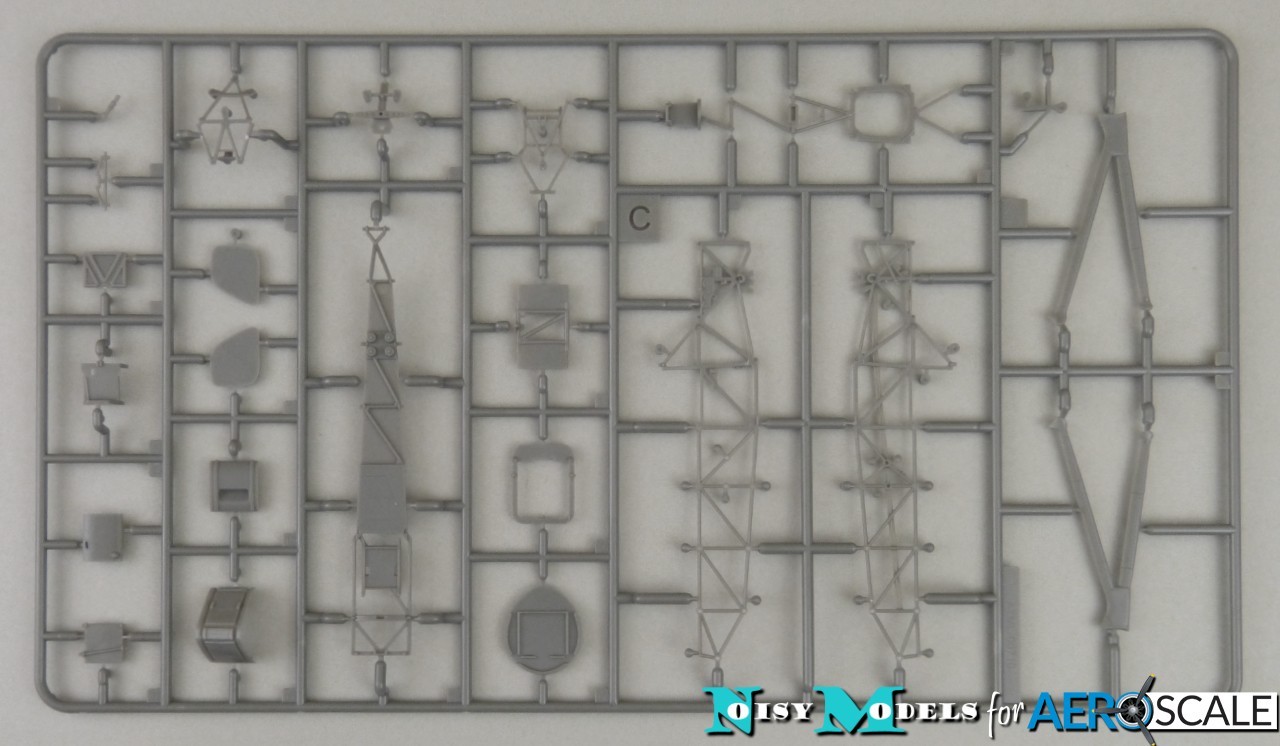
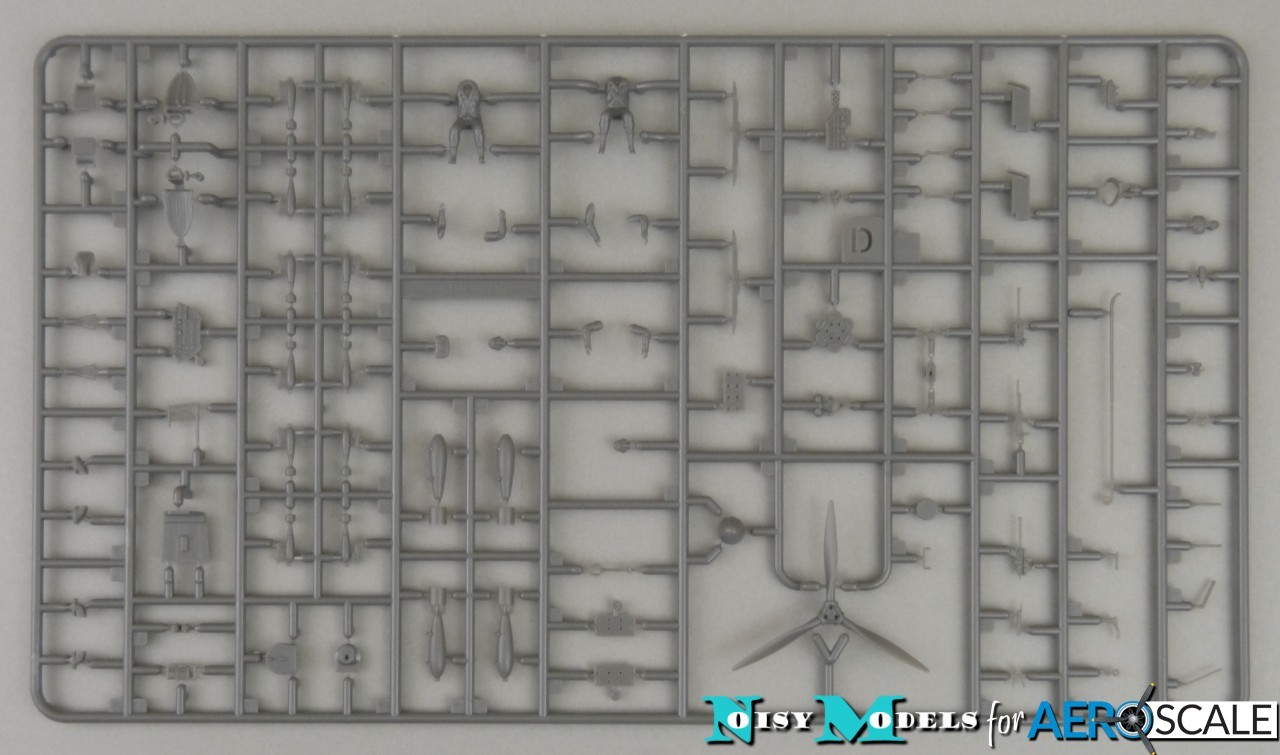
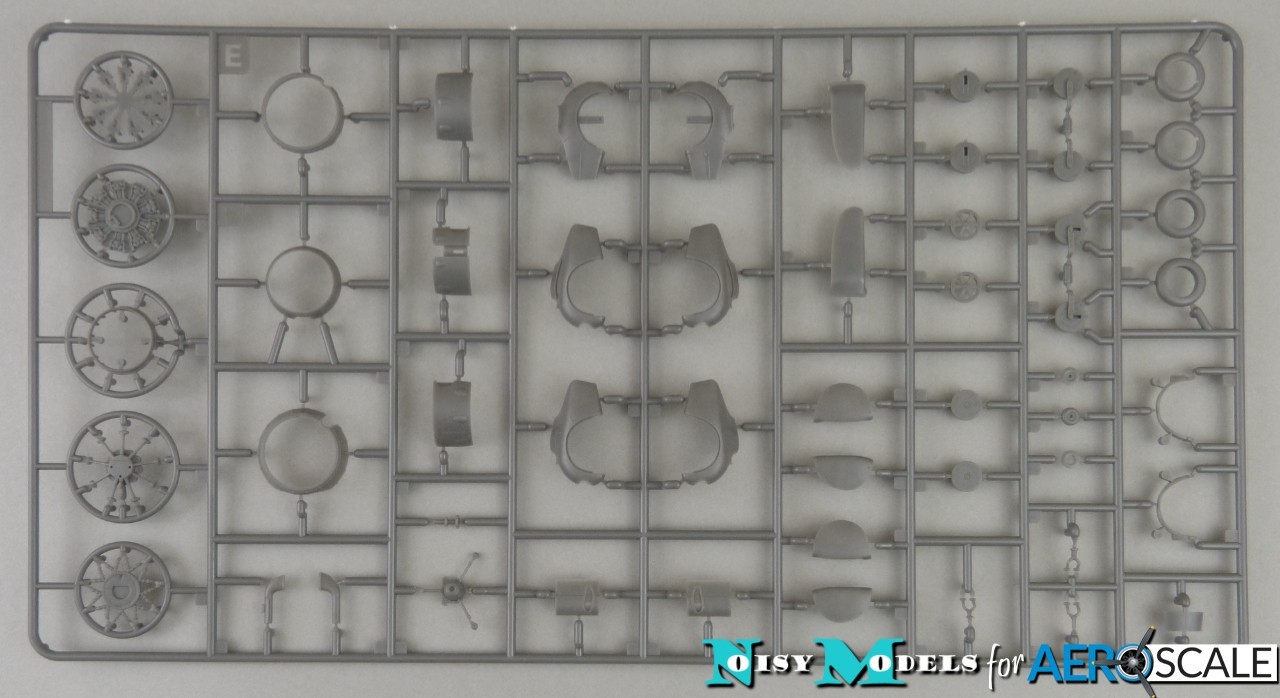
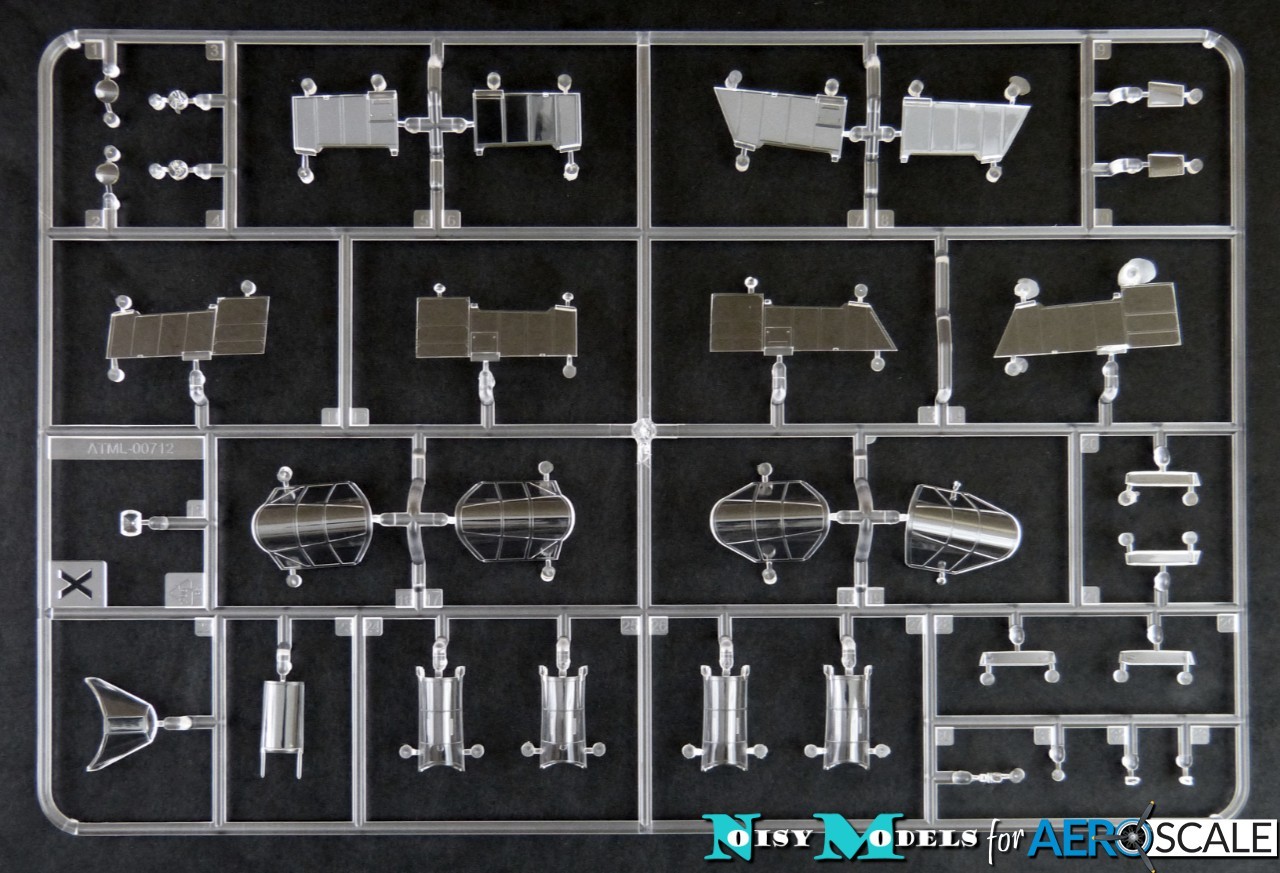
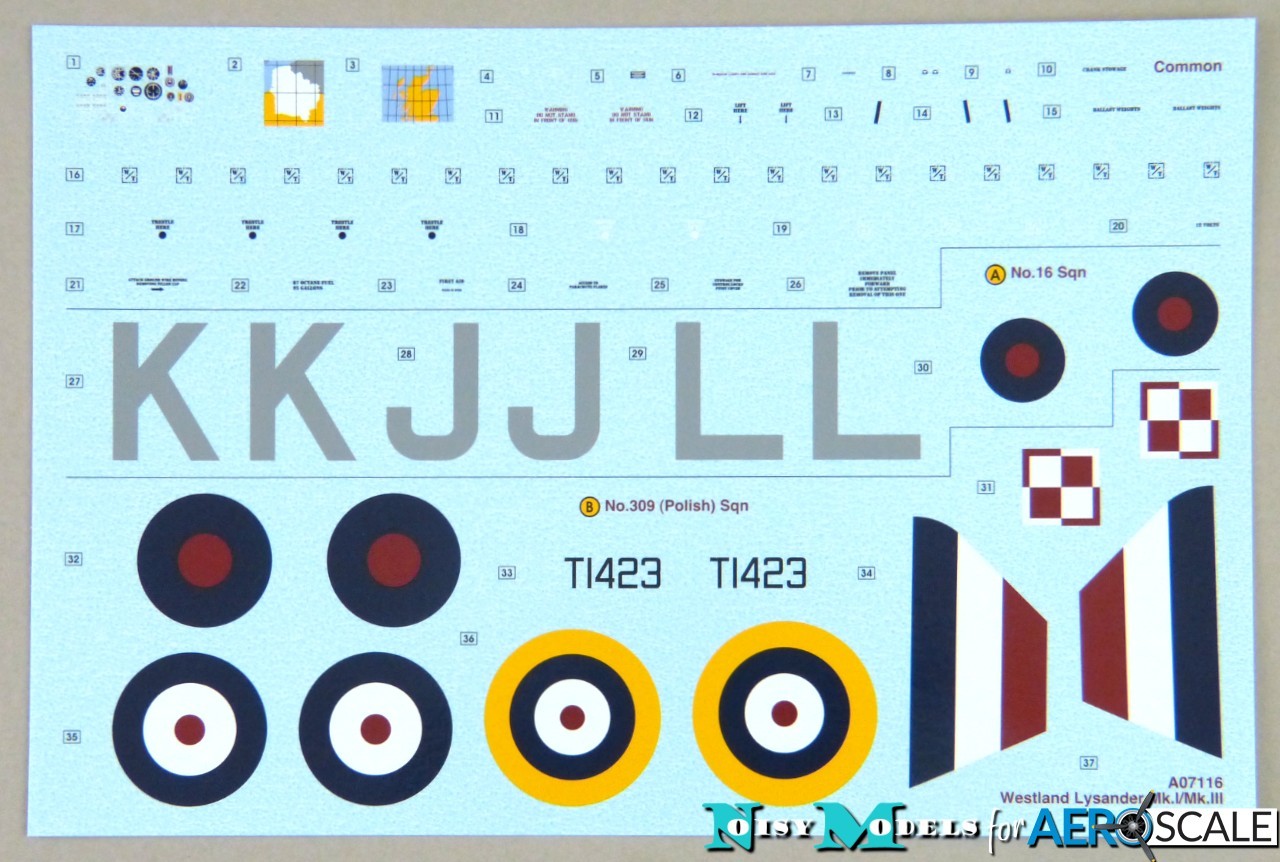
Over 200 parts for a small model like the Lysander is a heck of a lot, but there are a number of alternative items among them, and some will clearly be used in future boxings. Sadly, Airfix don't provide a diagram of the runners in the instructions, so it's not clear at a glance what's spare and what's not.
As you'd hope with a brand new tooling, the moulding is excellent and there's no sign of any flash or sink marks. I did notice a couple of places where smaller parts looked slightly stressed, so take care removing them from the runners. Ejection pin marks are mostly shallow and out of harm's way, but there are also some quite heavy raised ones that need removing. I'll want to check whether those inside the fuselage in the cockpit area will be visible on the completed model.
The surface finish is very good indeed, with delicate engraved panel lines and embossed rivets, crisply raised details such as fasteners, and a beautifully subtle fabric effect that puts to shame the "saggy sackcloth" that we sometime see on kits. This really looks appropriate for a well-maintained airframe. The designers have chosen not to add rib tapes and stitching on the wings, which is probably a good idea because they are very hard to mould convincingly in this scale and usually look much too heavy.
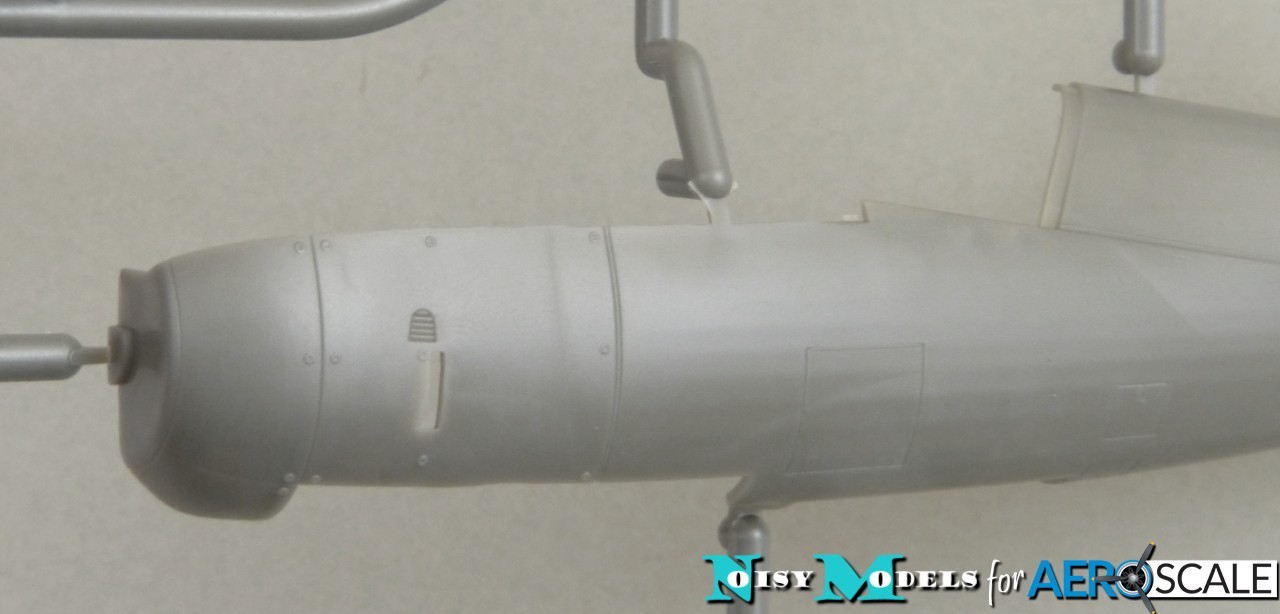
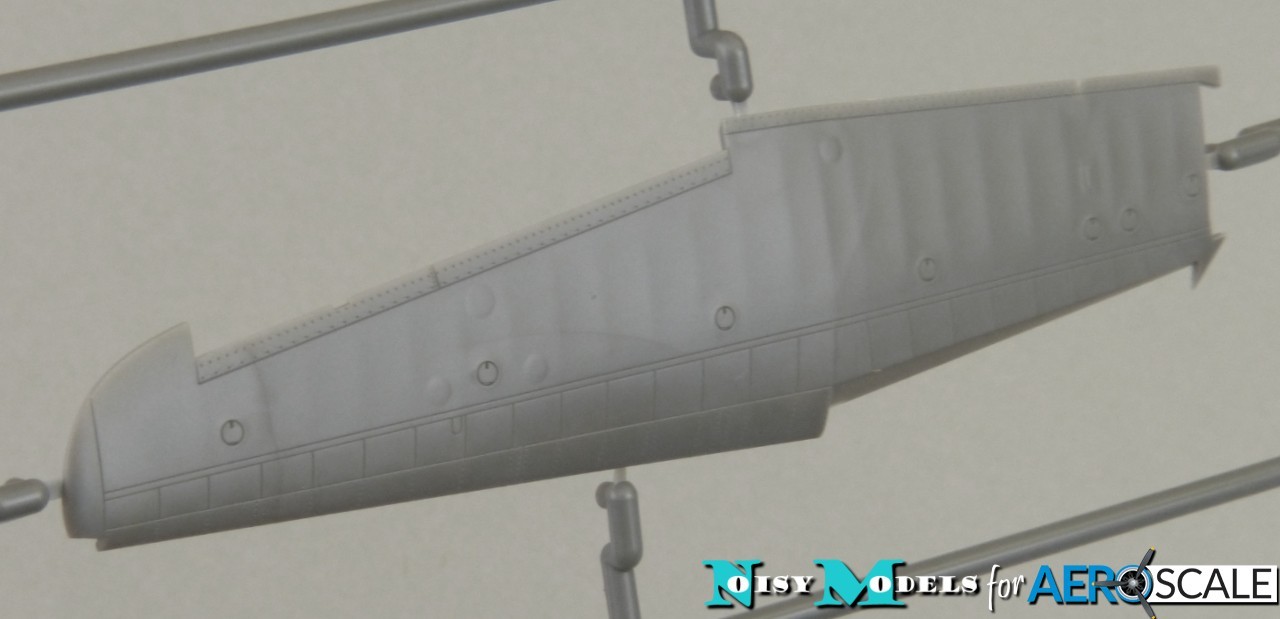
Test Fit
Dry-assembling the main parts is very encouraging. The fuselage halves fit together precisely and the belly panel is a snug fit. The latter includes the inner section of the fixed landing gear, ensuring it's both solid and set at the correct angle. The tailplanes lock together neatly and can be installed at either an "in flight" or "landed" angle.
The wing panels fit together perfectly and can be built with the leading edge slats retracted or extended. It's impossible to tell in a dry-fit like this how securely the wings will attach to the fuselage, but they have quite large slots for the locating tabs, so the fit should be positive and the struts look strong enough to take their weight without any trouble.
The ailerons, flaps and rudder are all separate, so it's slightly surprising that the elevators are moulded fixed.
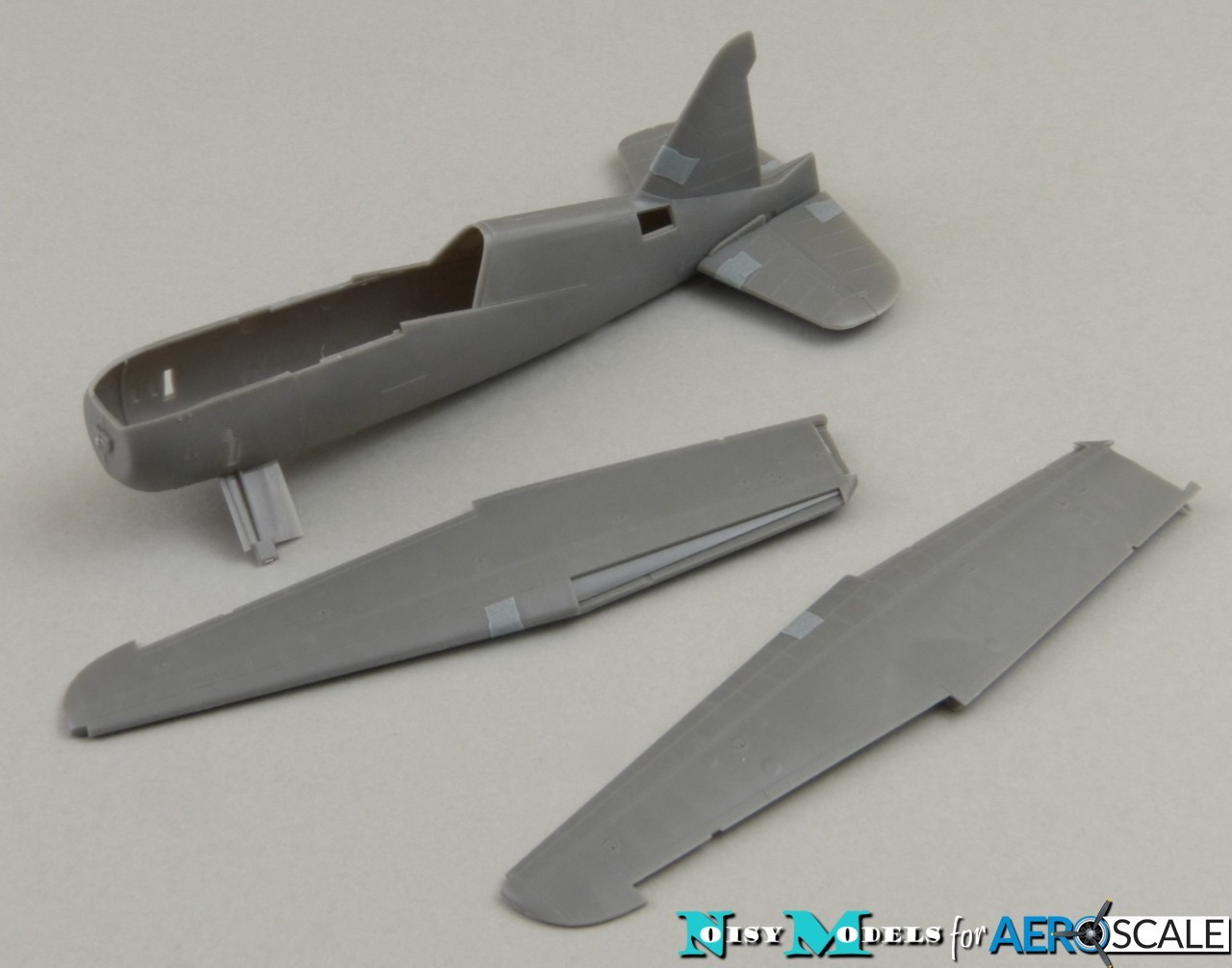
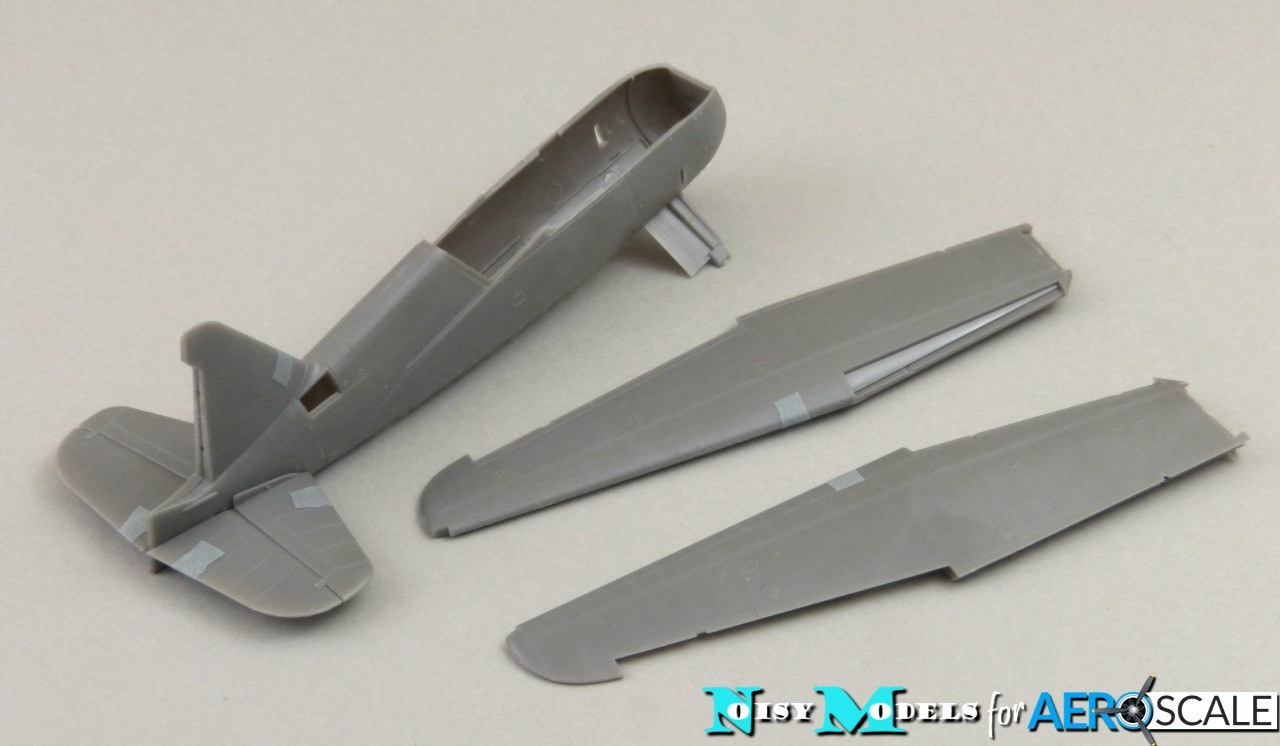
A Few Details
The cockpit is beautifully detailed with around 40 parts, and Airfix have done a great job depicting the tubular structure in a way that's both convincing yet easy to assemble. The only negative point that's obvious is that there's no attempt to represent the ribs and stringers for the fabric areas, so I'll check how much this will be visible before closing up the fuselage, and add styrene strip if needs be.
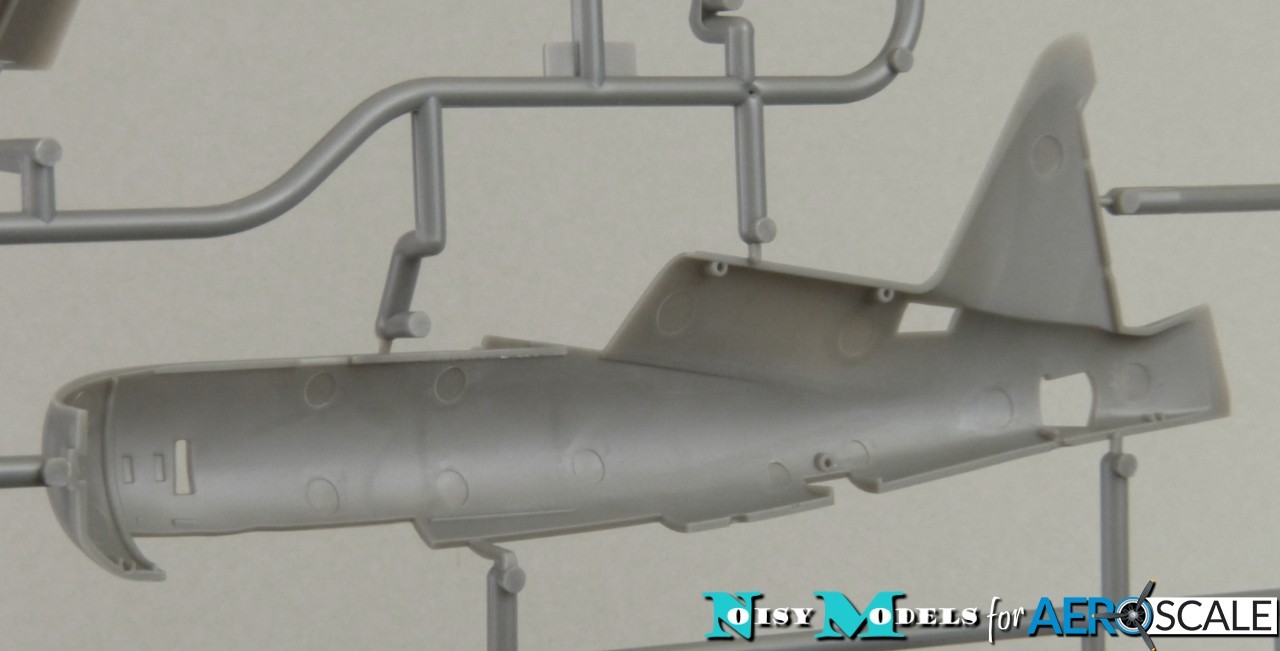
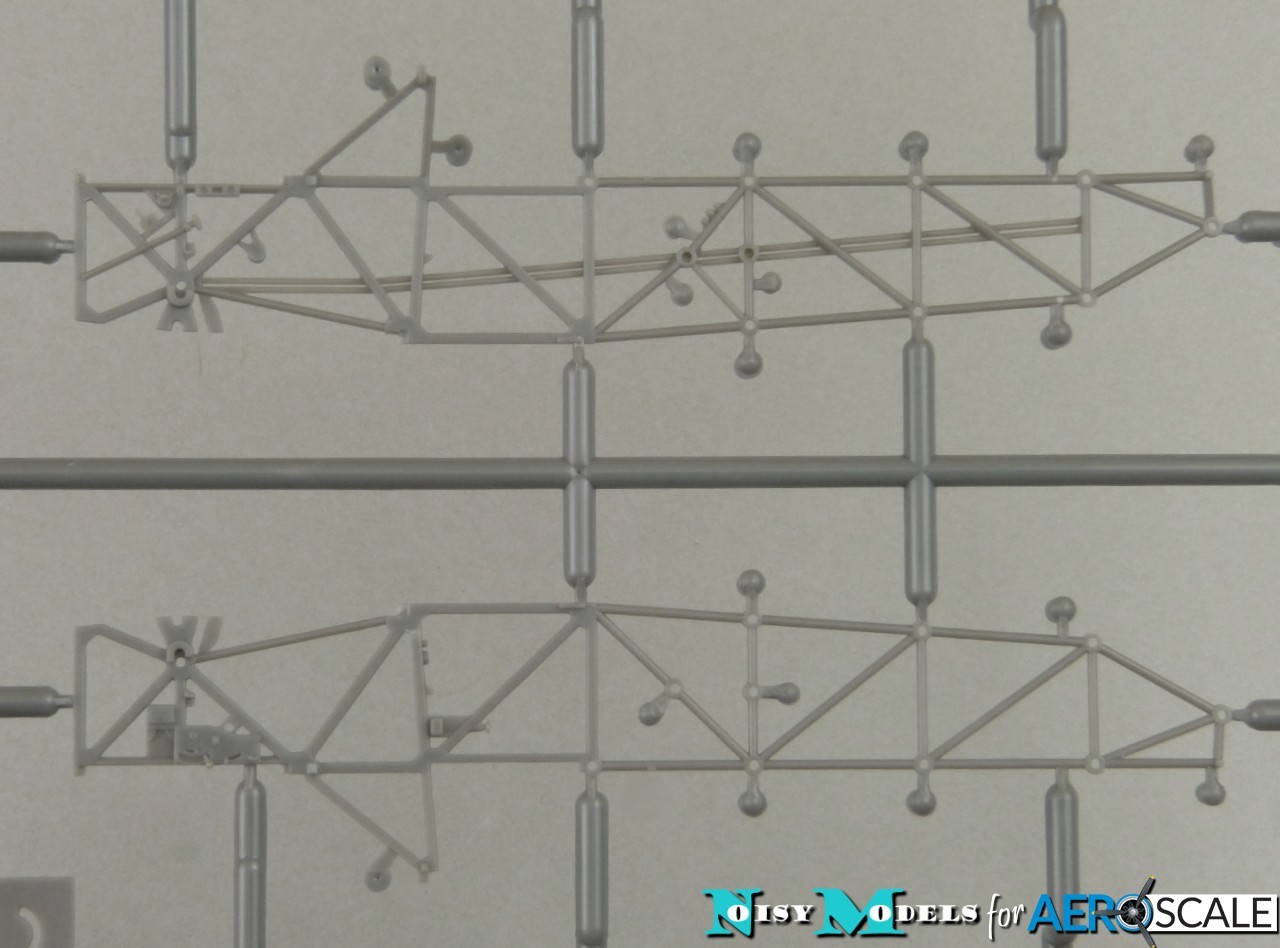
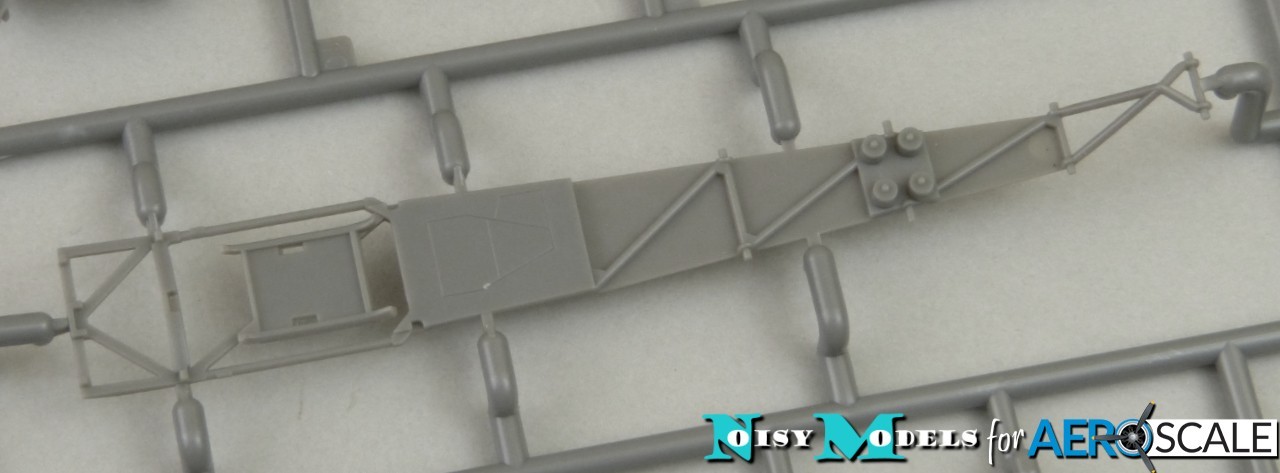
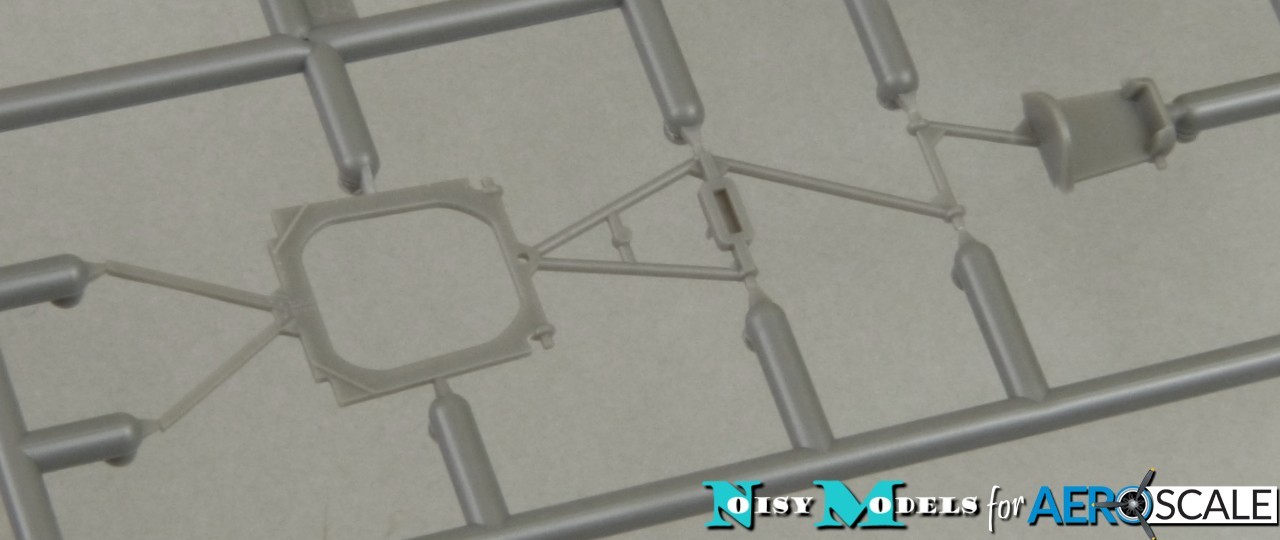
The "office" includes seats moulded with and without harnesses, and a crisply detailed instrument panel and side console. There's a pin-sharp decal for the instruments and even a couple of maps to put on the observer's table that fits over the fuel tank.
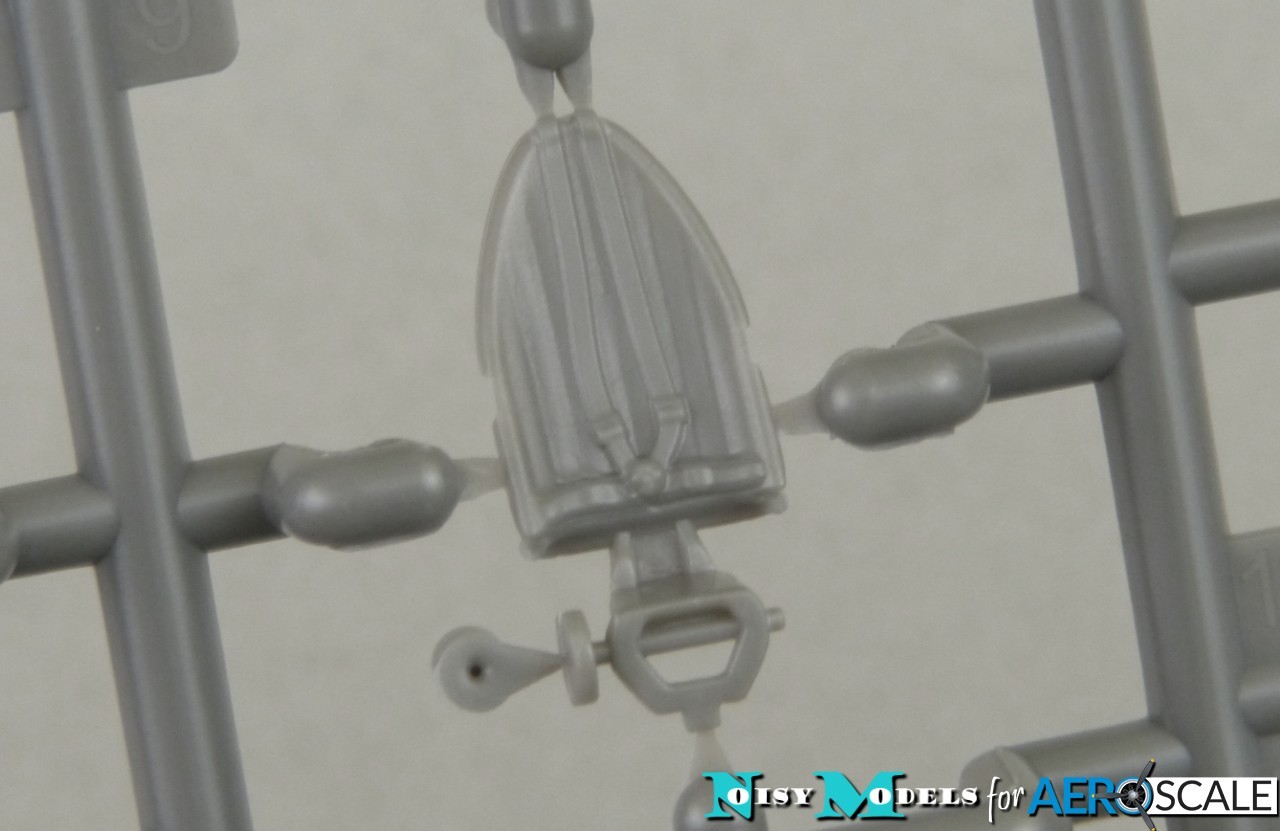
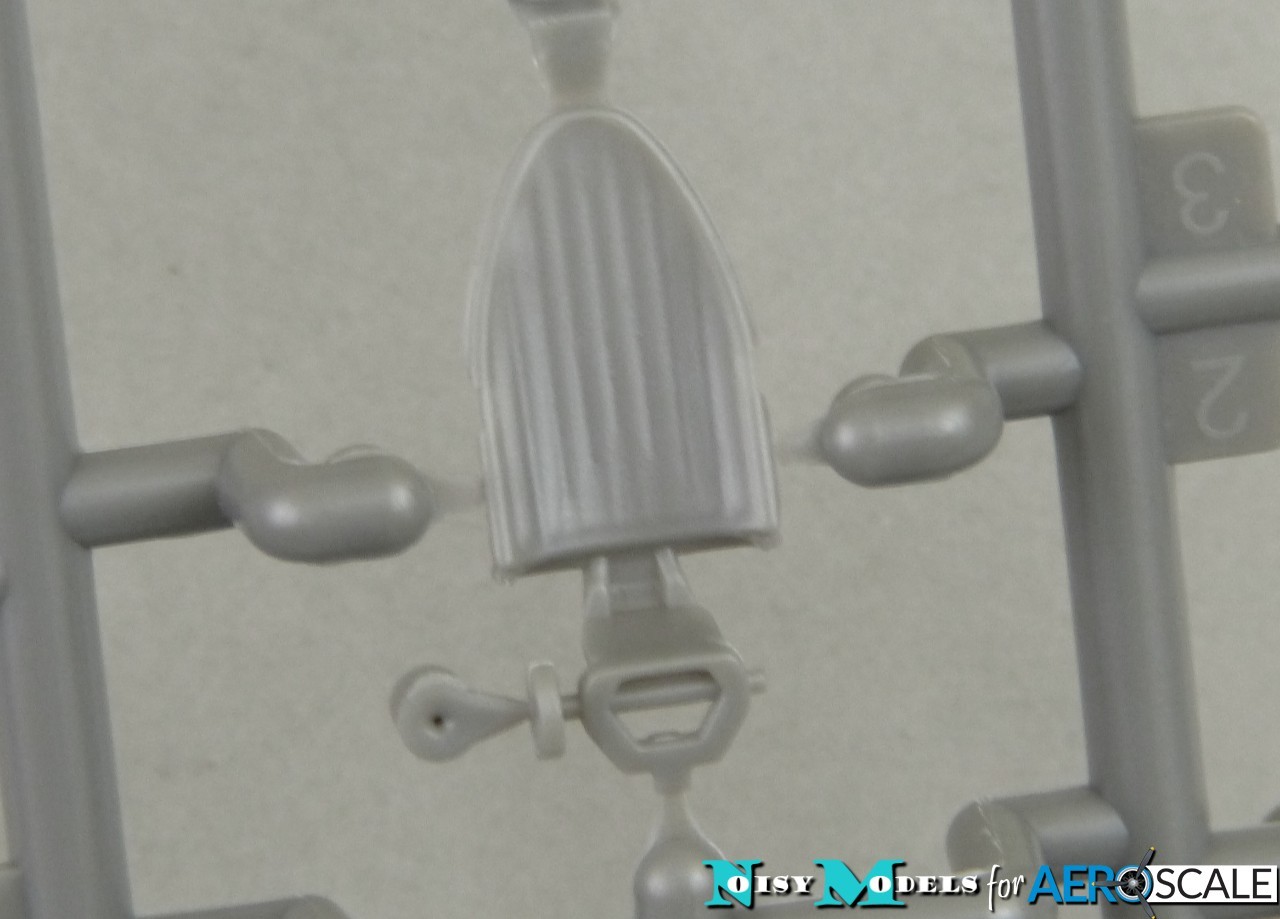
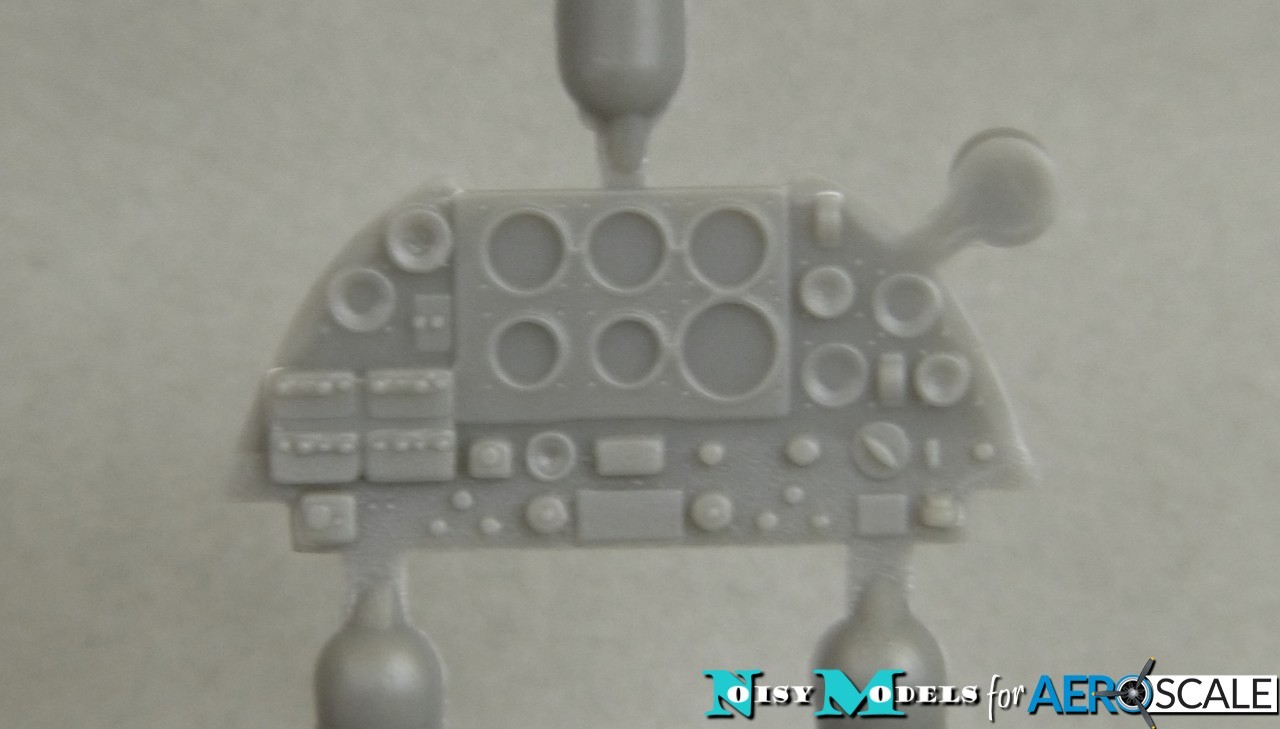
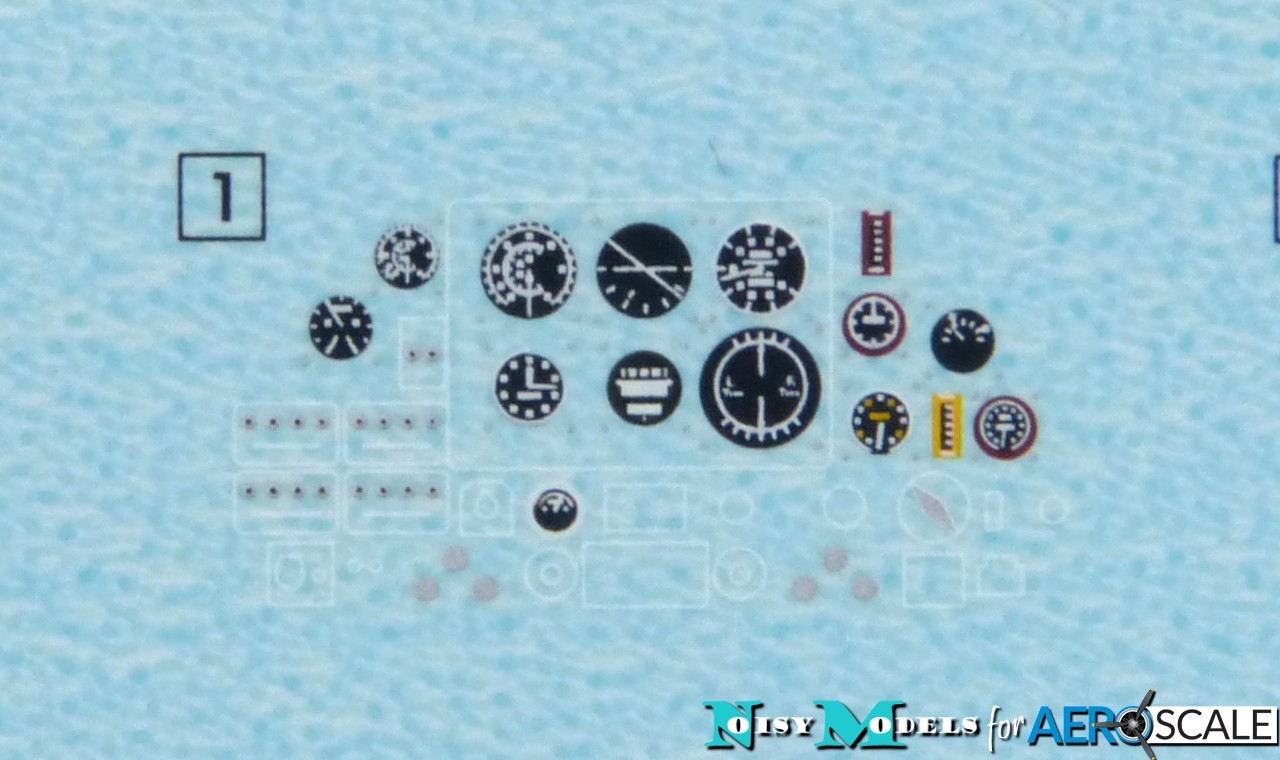
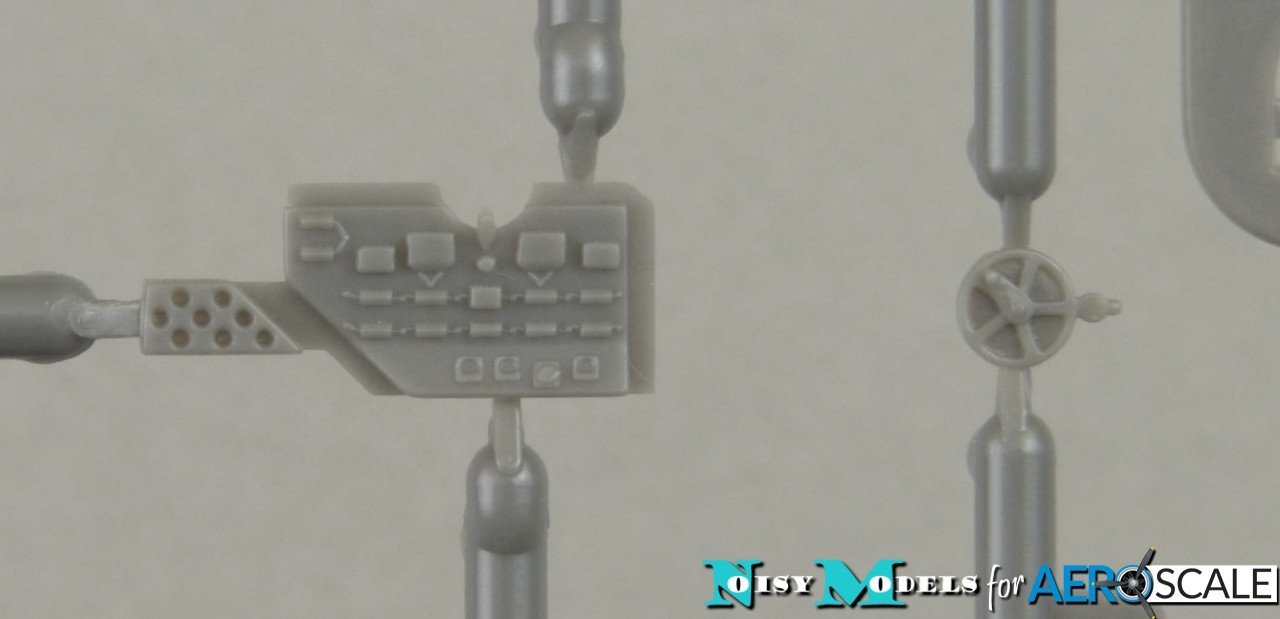
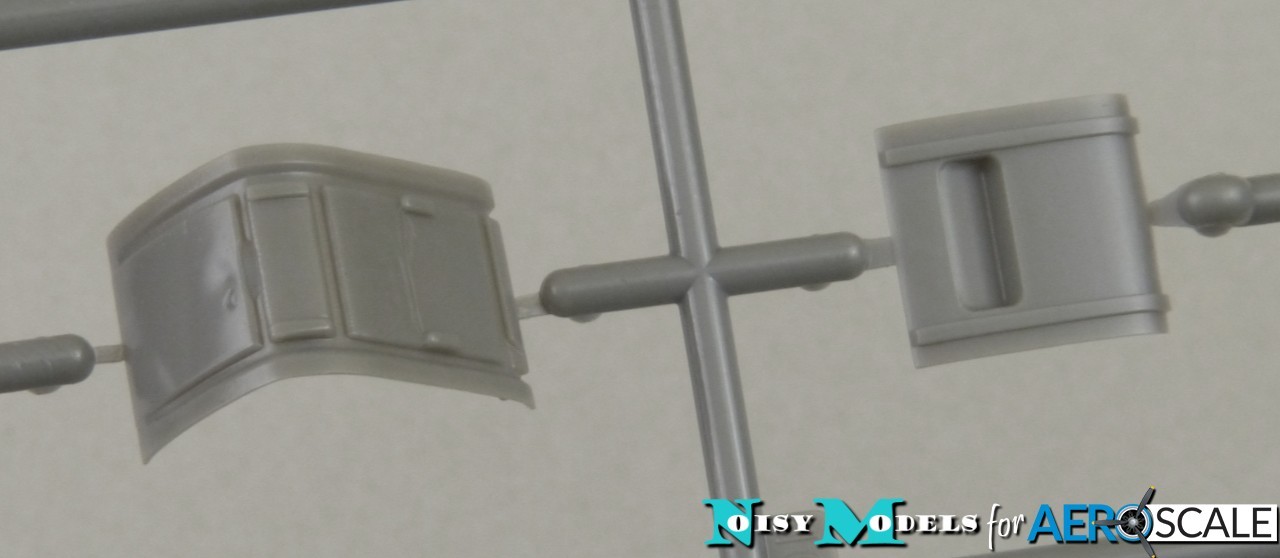
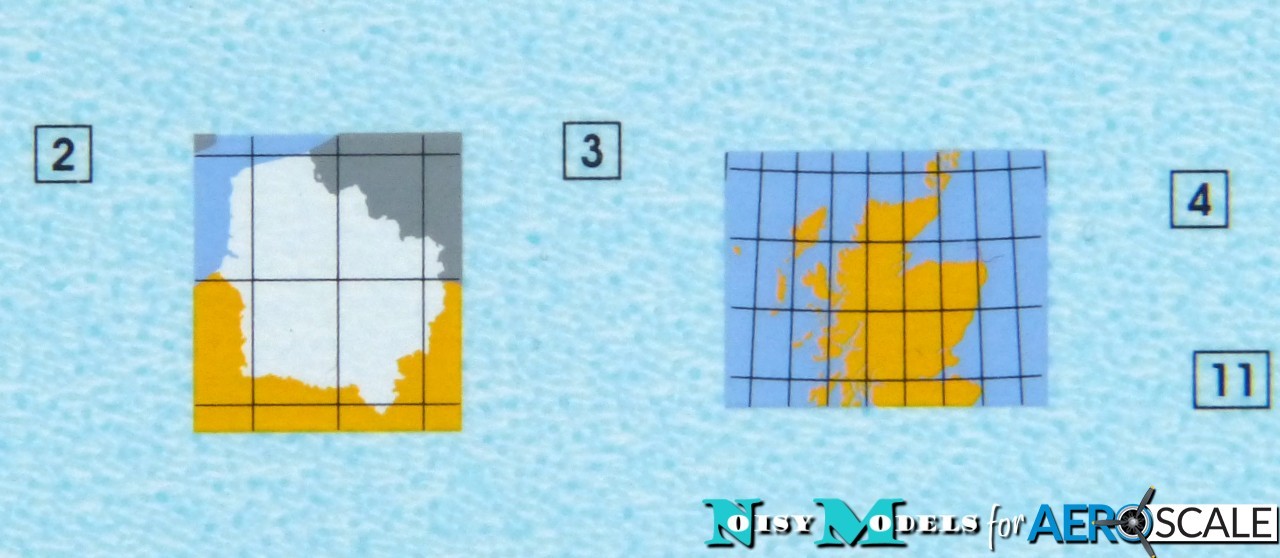
The kit offers a couple of defensive armament options, with a choice of a single Vickers K or a pair of Brownings, and both are quite nicely moulded with ammo drums or feeds as appropriate.
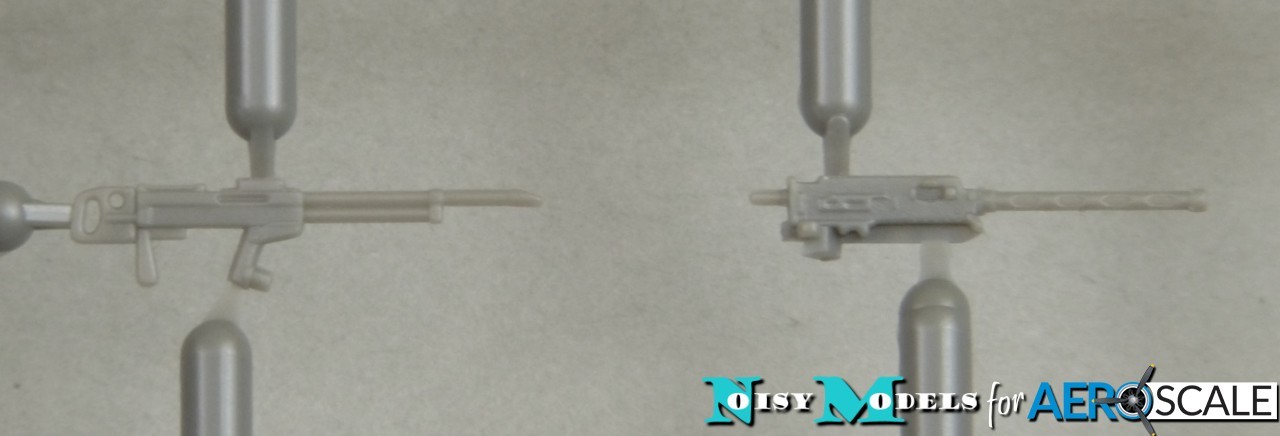
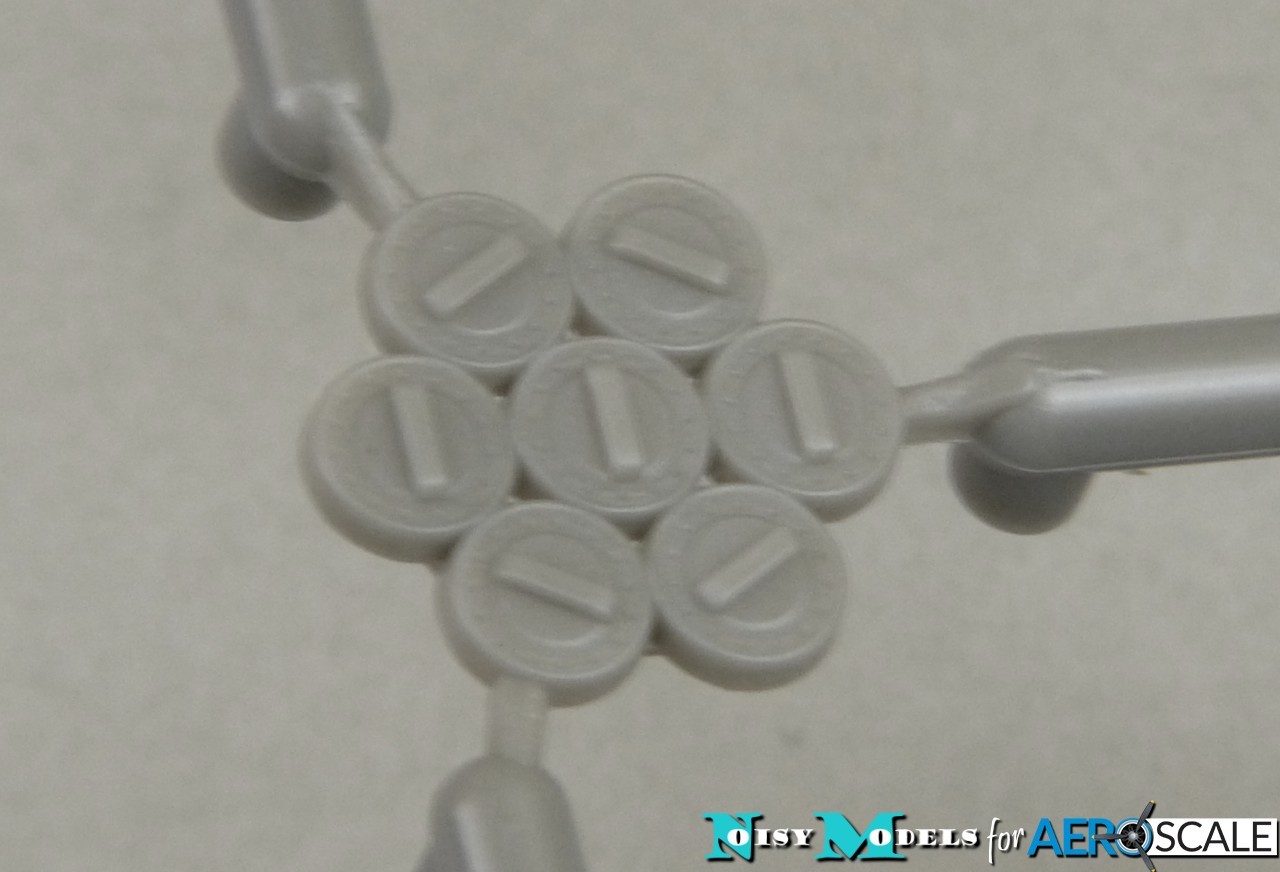
A really welcome touch is that Airfix have included crew figures - something almost unique to them in kits these days - and these are newly-designed especially for the Lysander. They are nicely sculpted and feature separate heads and arms, with the observer/gunner having alternative arms depending on the choice of armament.
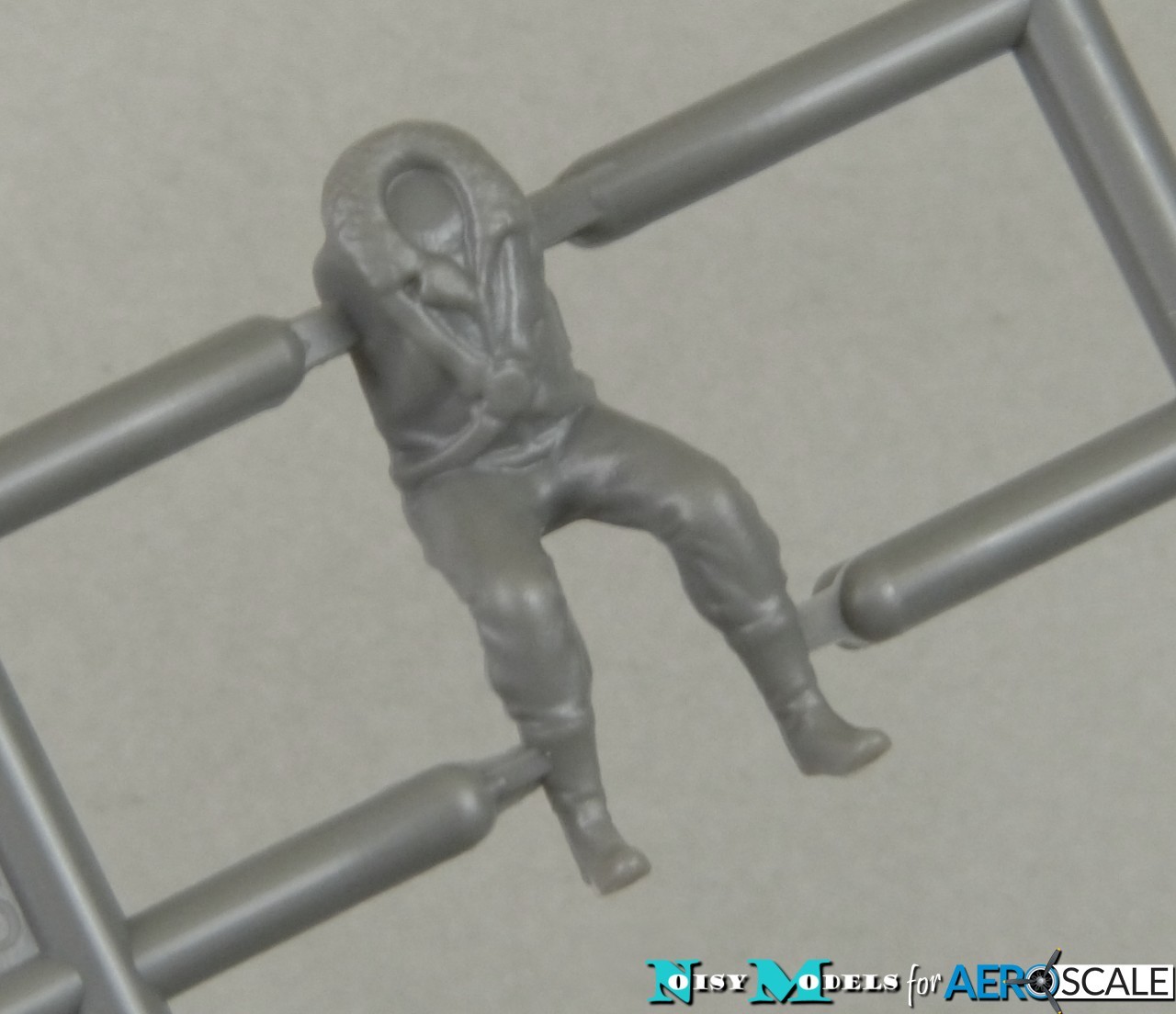
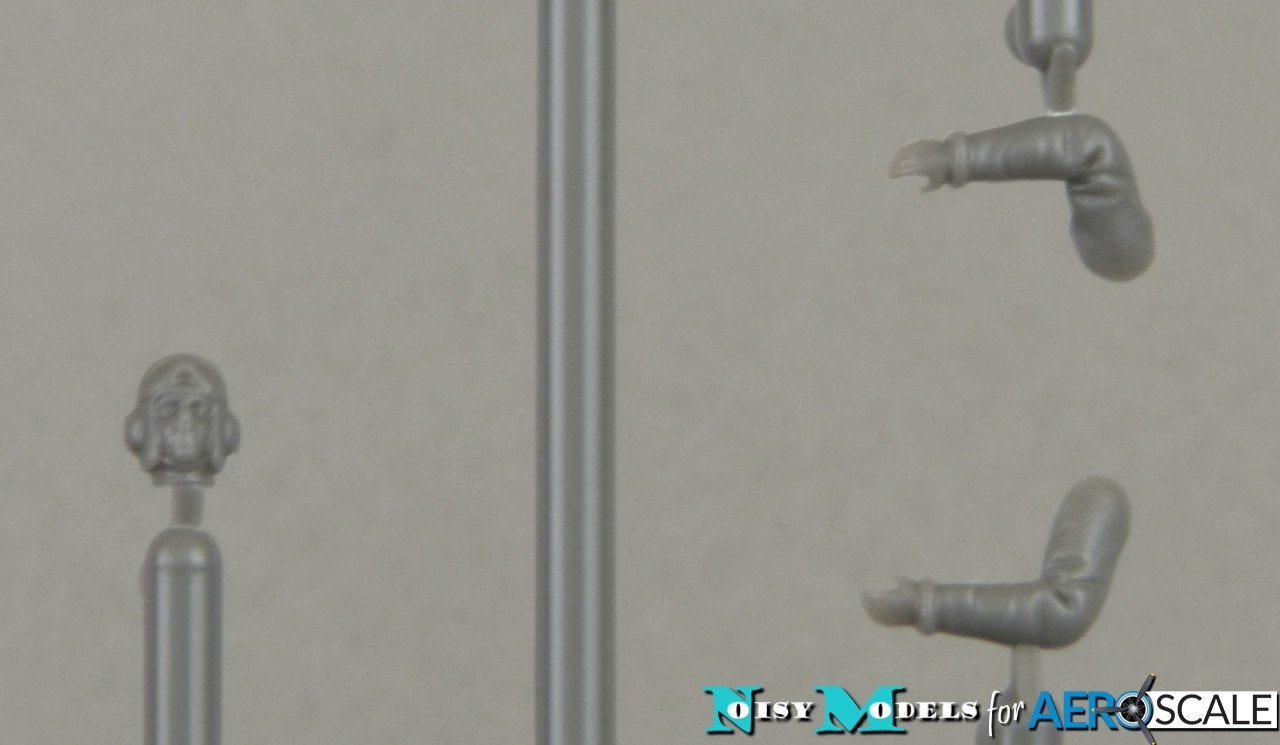
The 8-part engine is straightforward and should look very good. As with any kit engine, there's always more detail you can add, but remember the ignition harness is behind the cylinders on a Bristol Mercury, so don't dive in and add wiring at the front the way you would with many other radial engines.
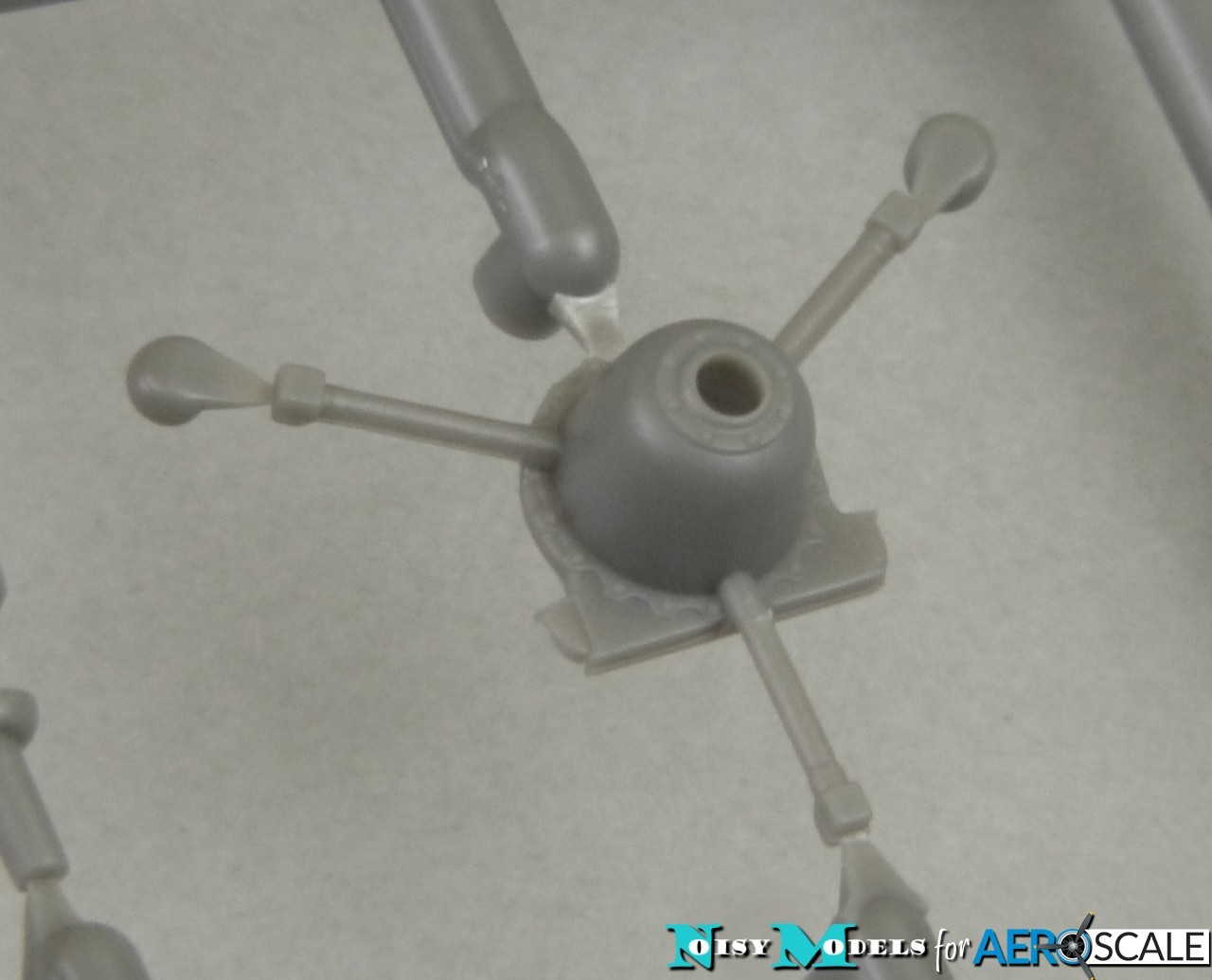
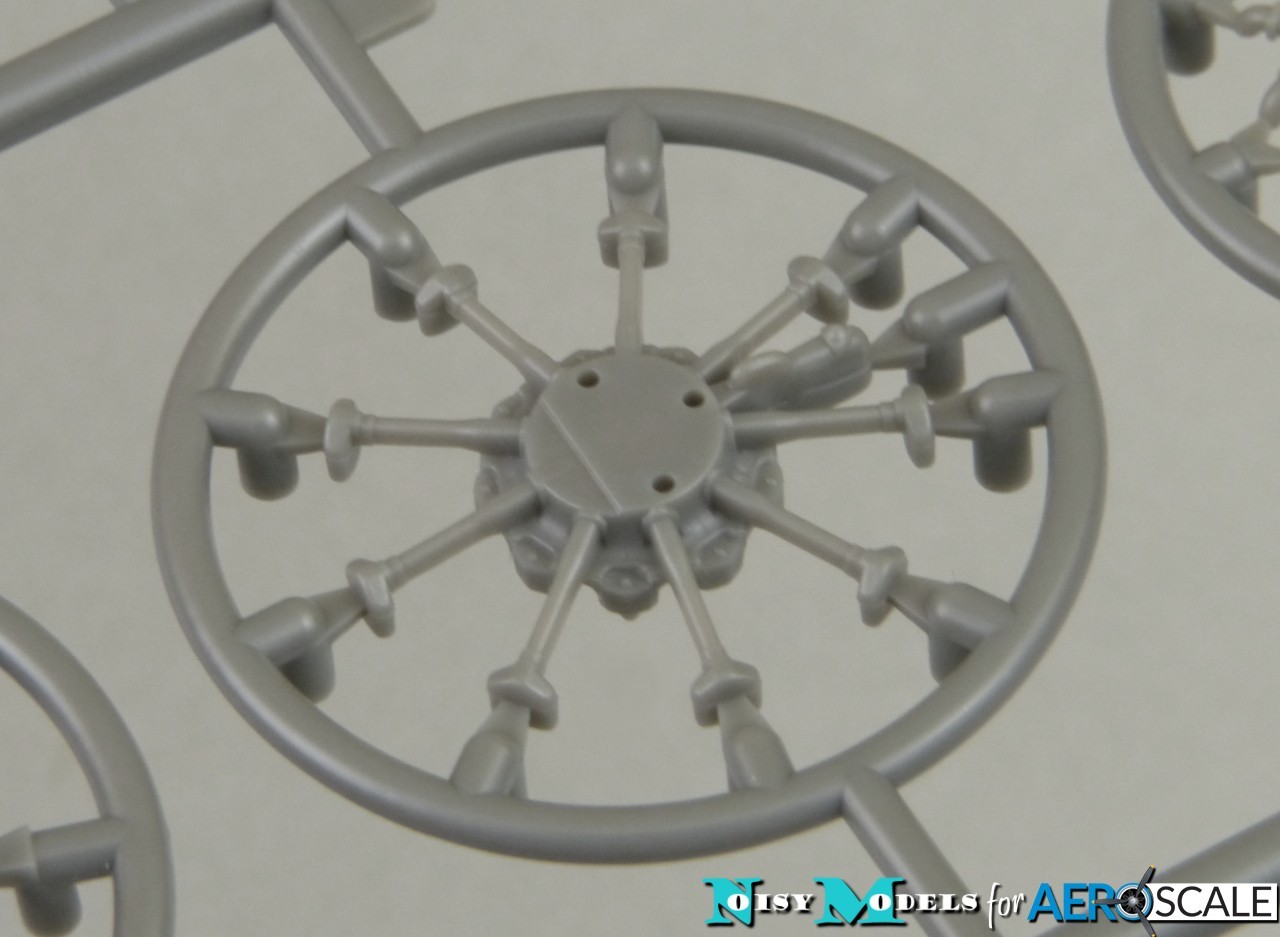
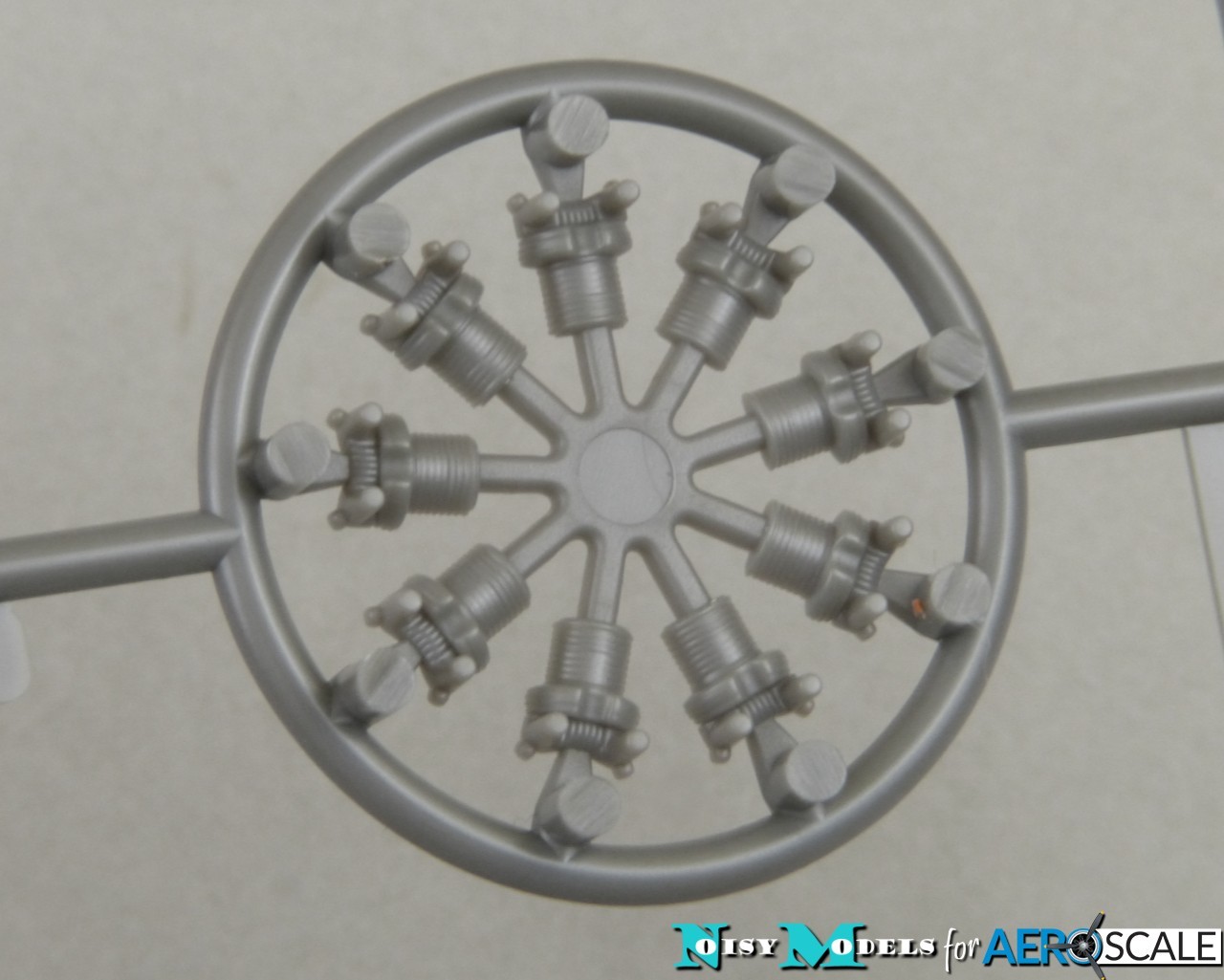
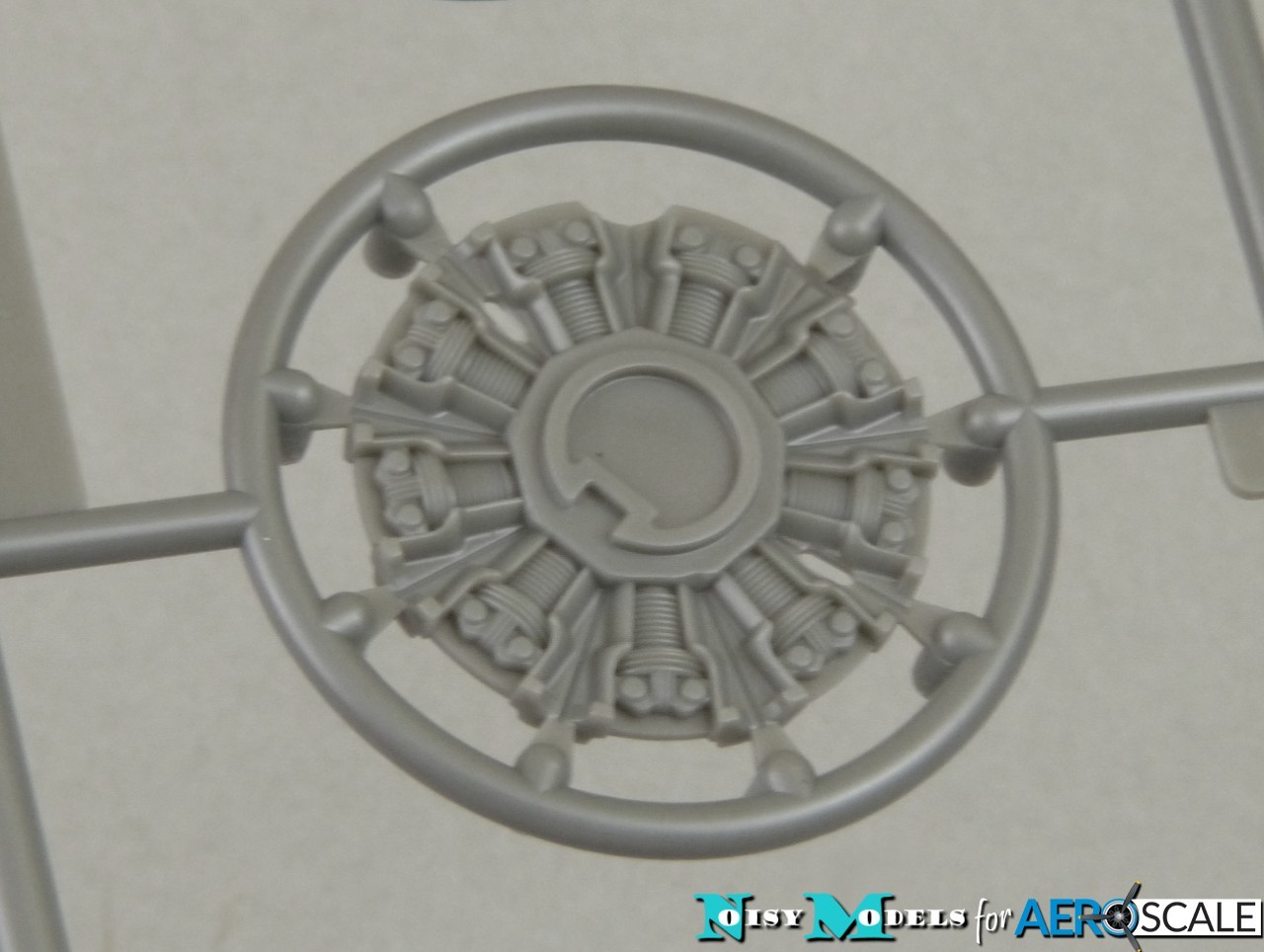
The cowling is multi-part and includes the exhausts leading forward to the front ring, plus an option for open or closed cooling gills.
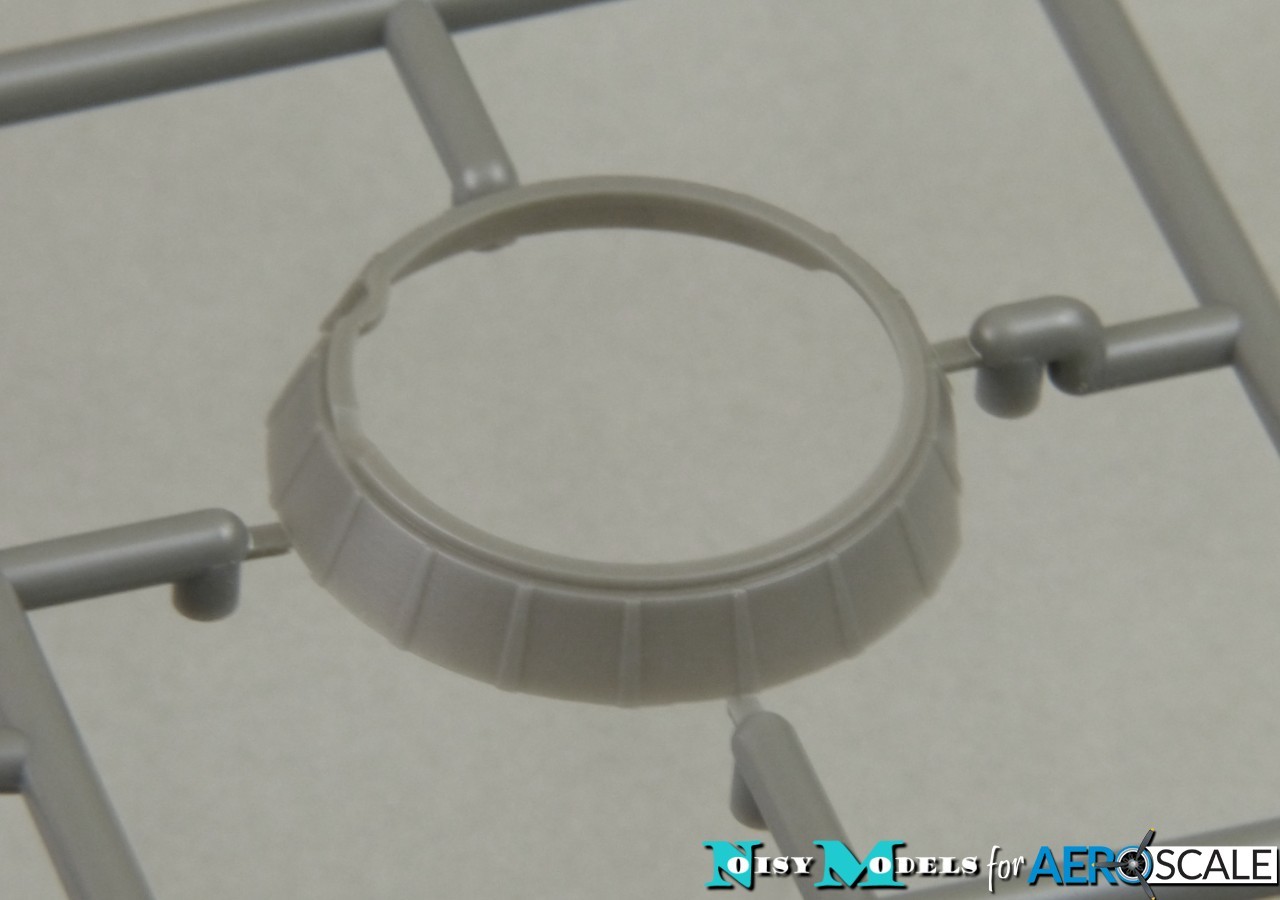
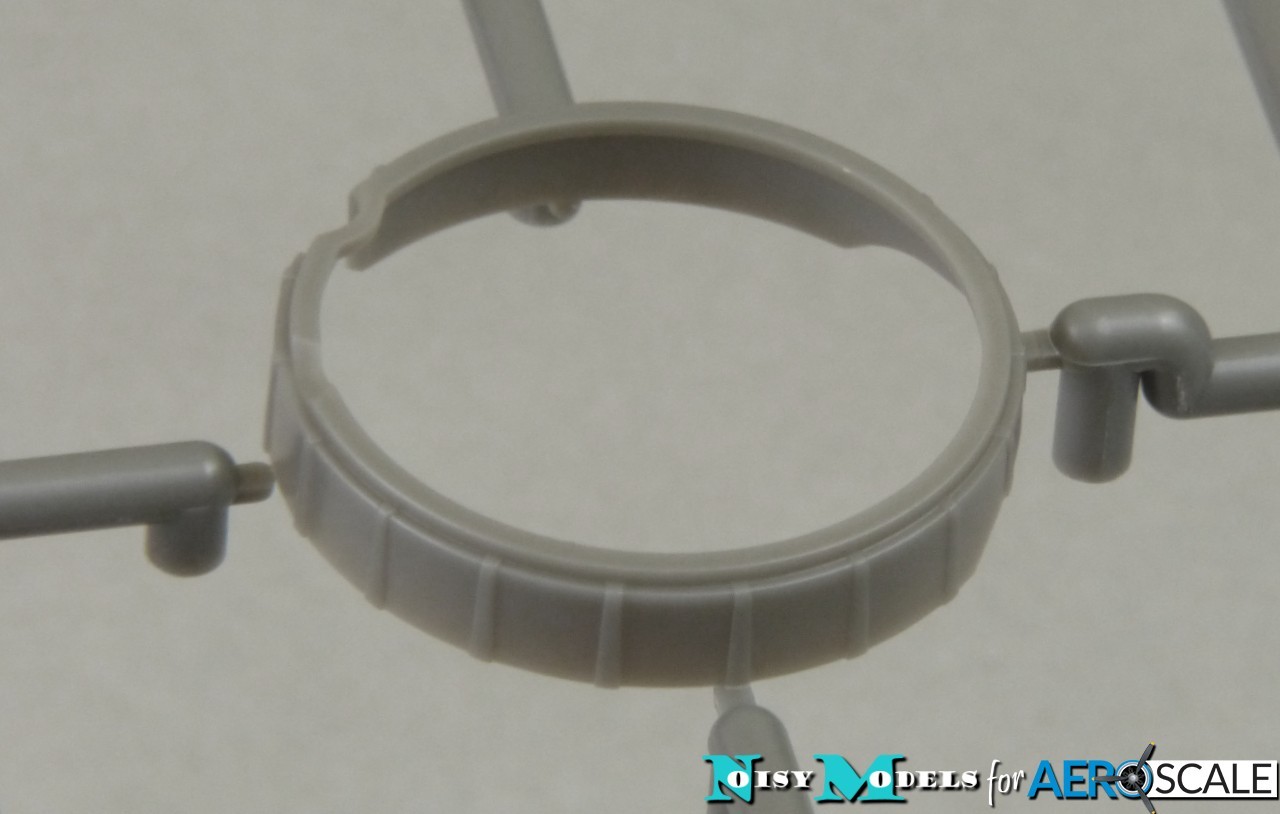
The propeller is a very straightforward single moulding with a separate spinner.
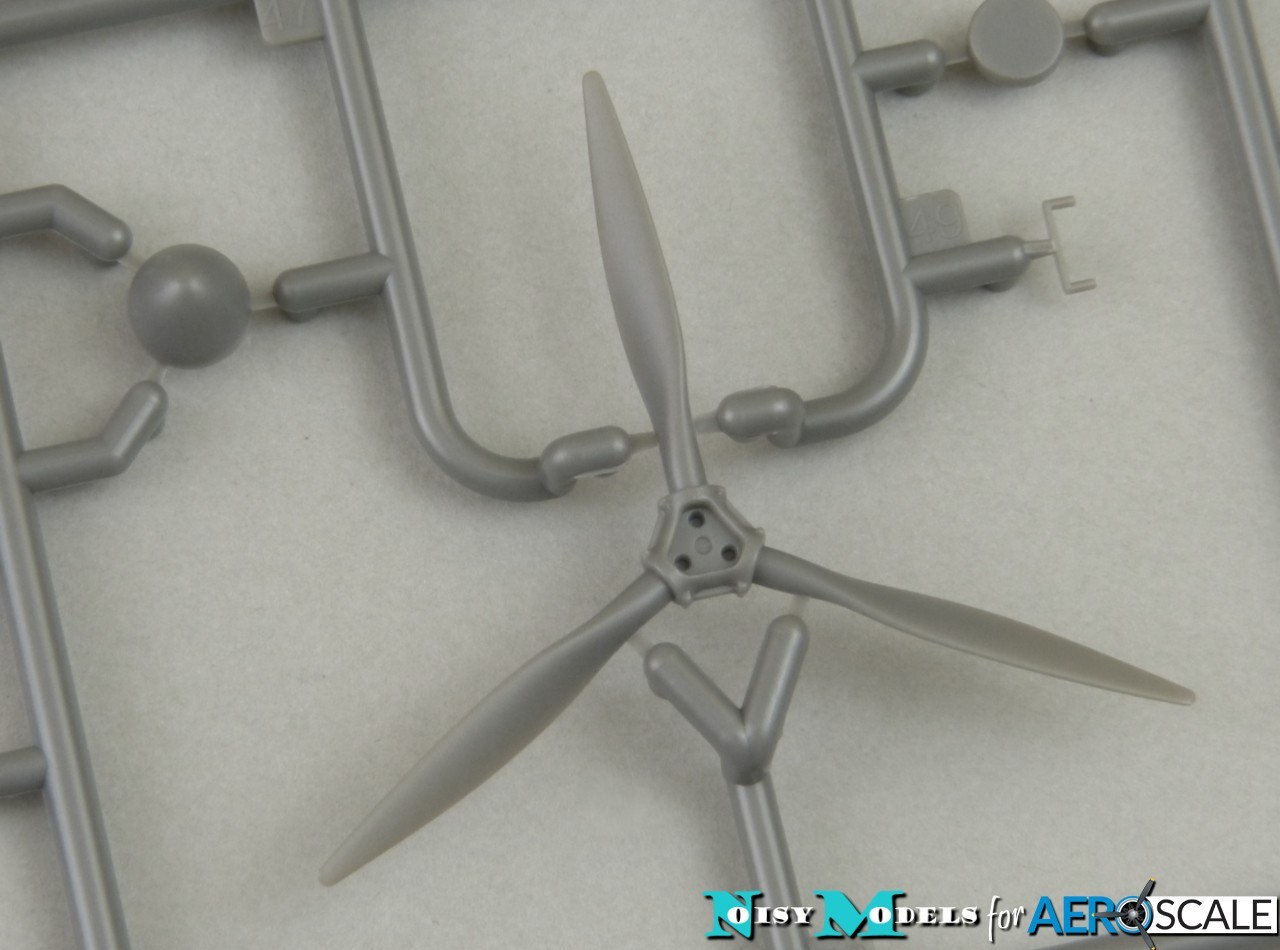
The main undercarriage is good and solid, and the spats have separate panels to expose the wheels if you desire. The wheel hubs are crisply detailed and the tyres are moulded slightly "weighted" to give the finished model a convincing sit. The tailwheel is separate from its fork, and the extra styles on the runner show other versions are planned for the future.
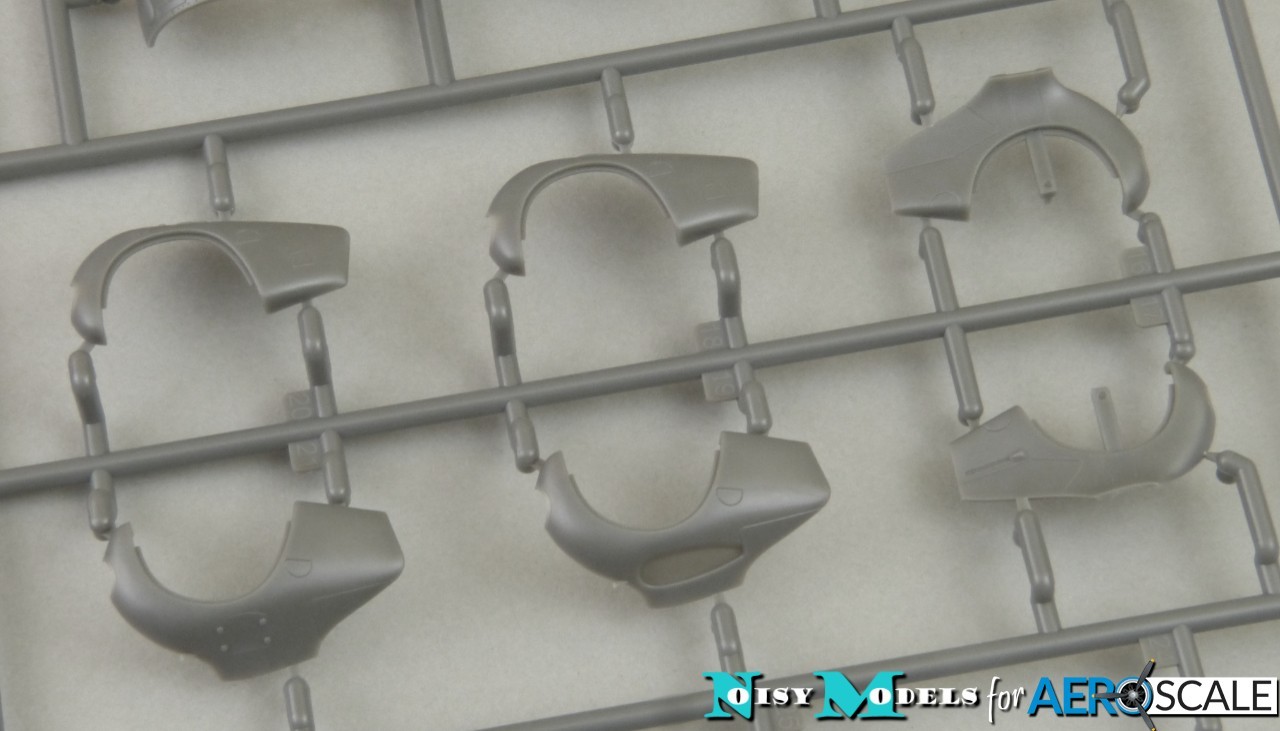
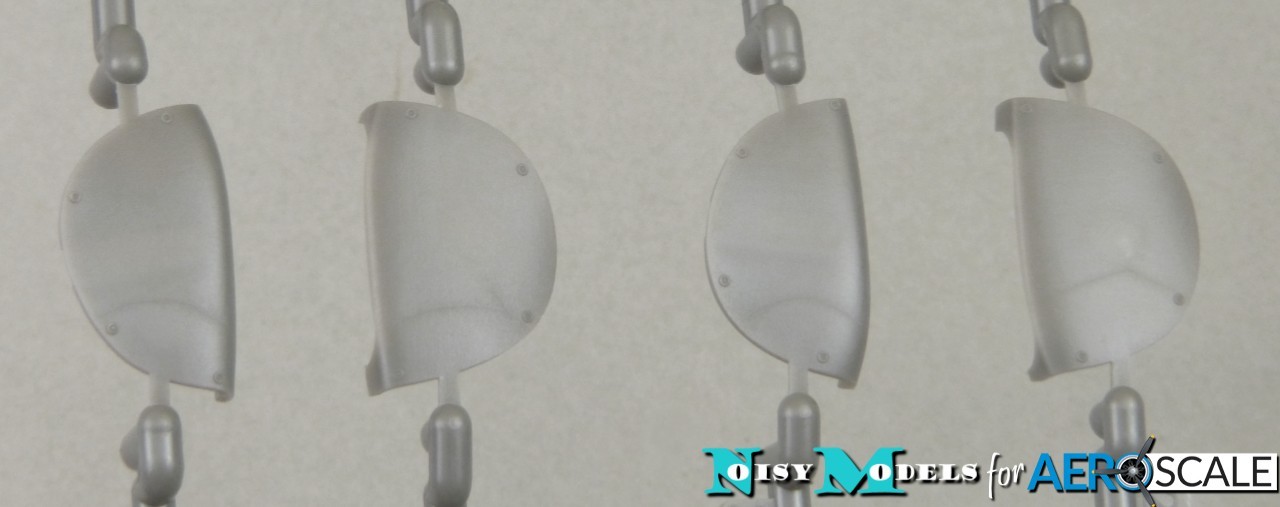
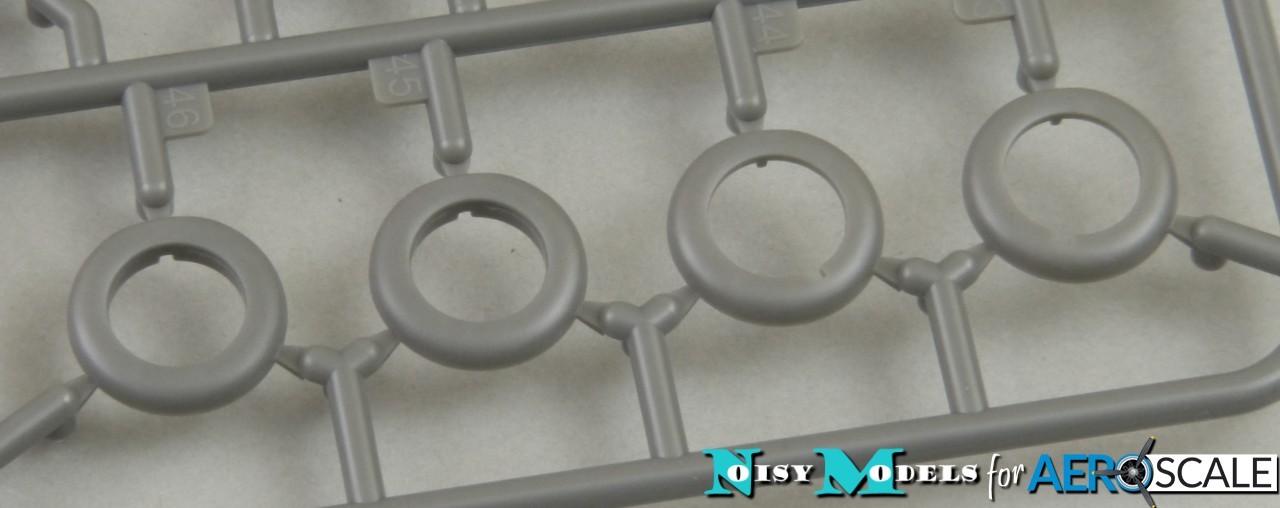
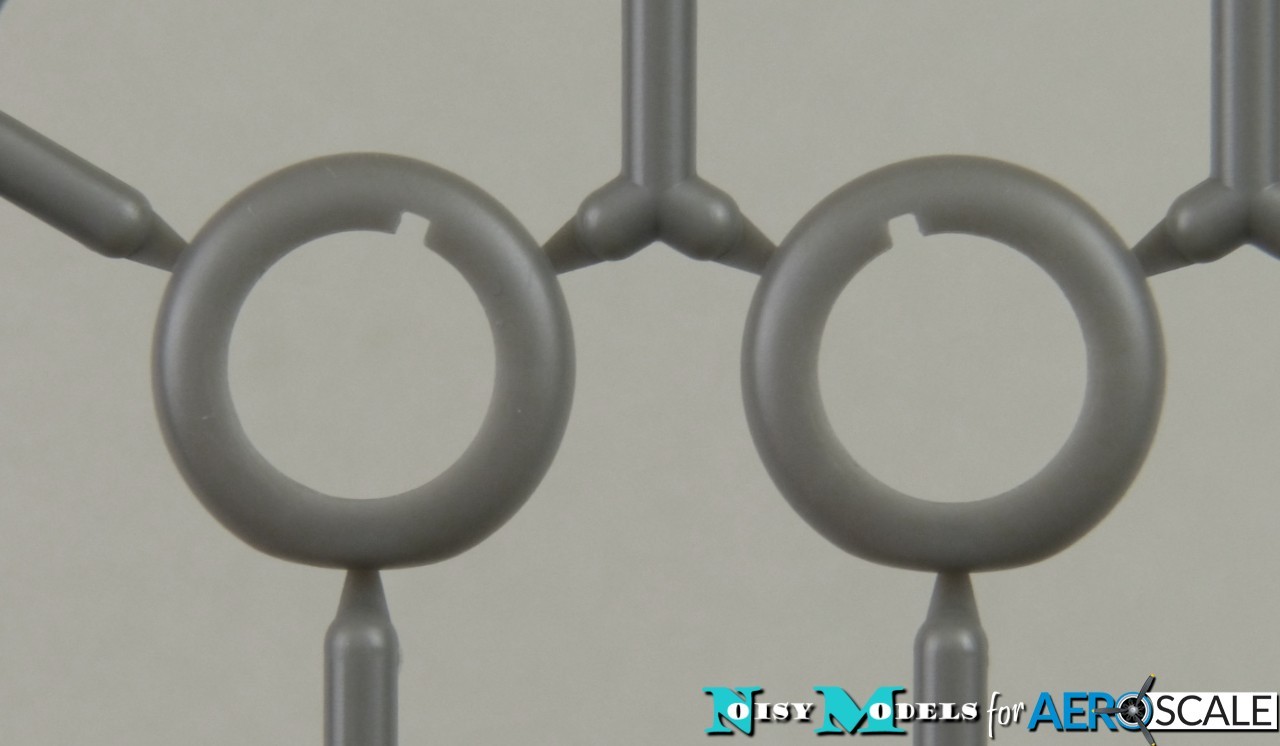
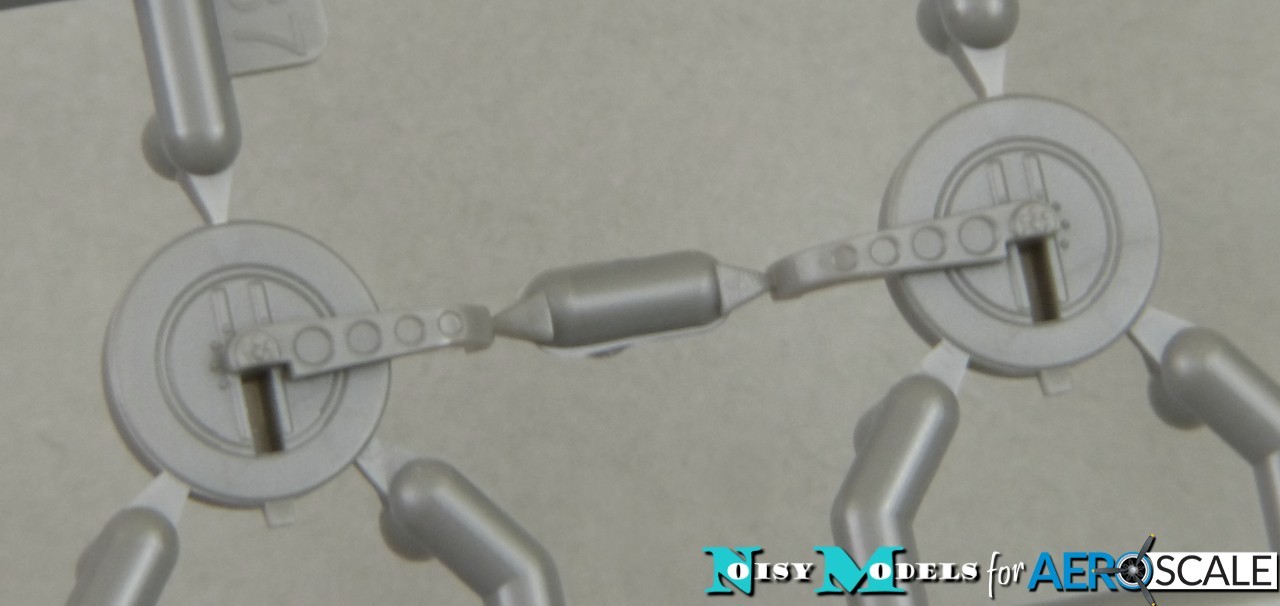
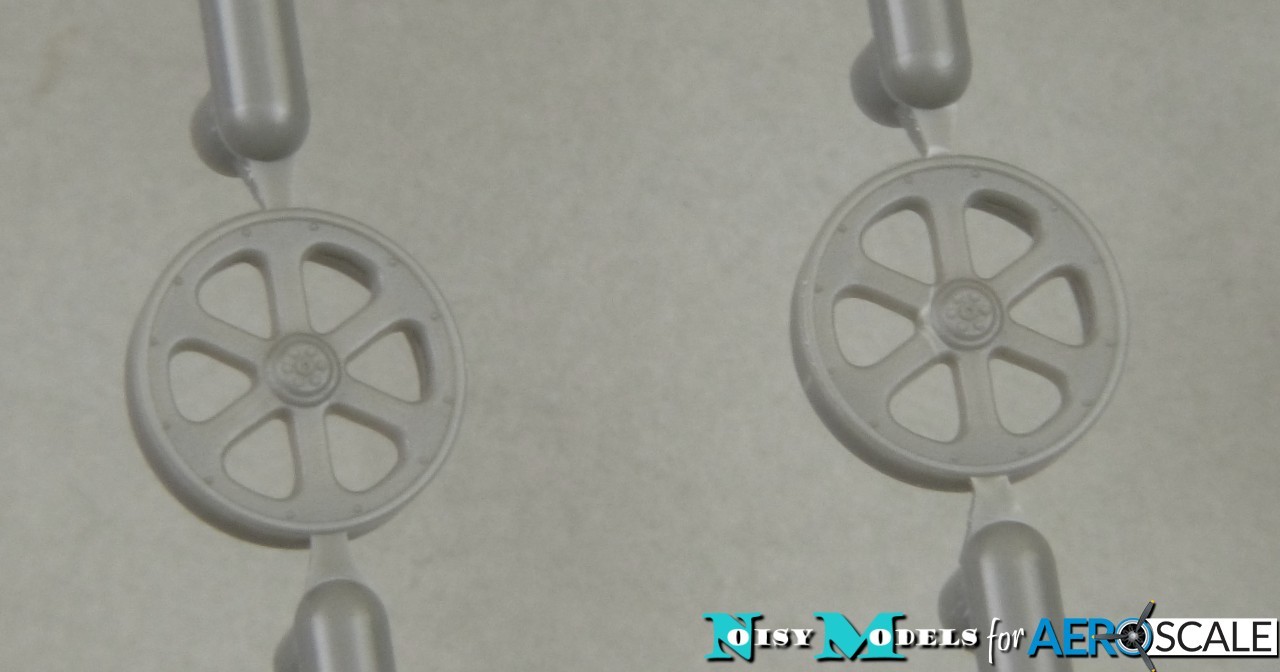
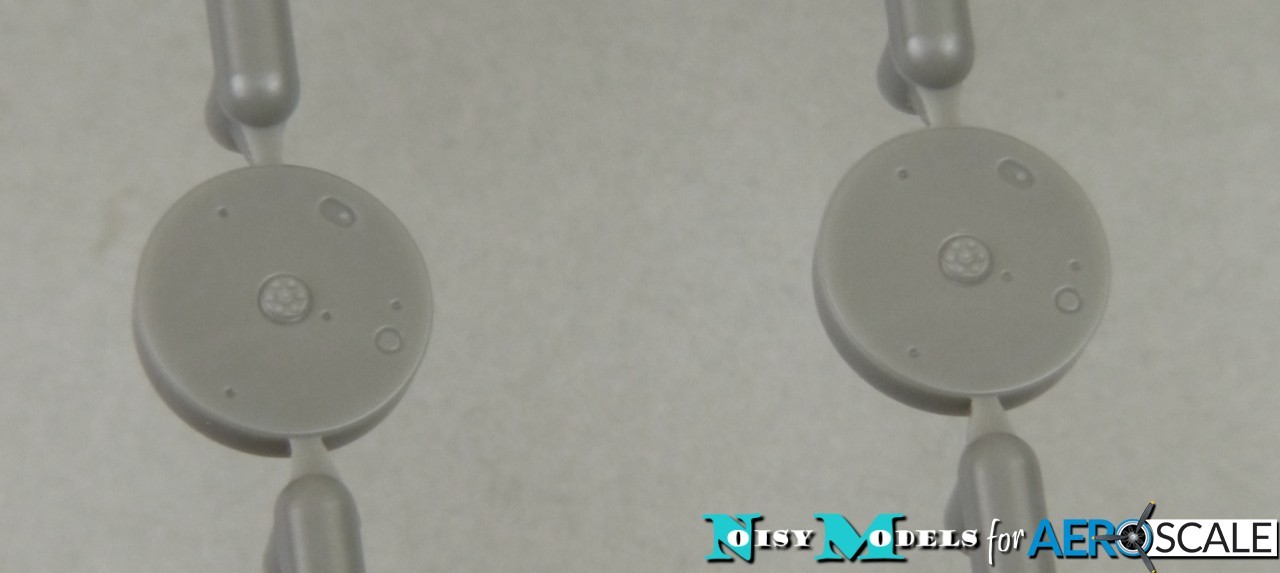
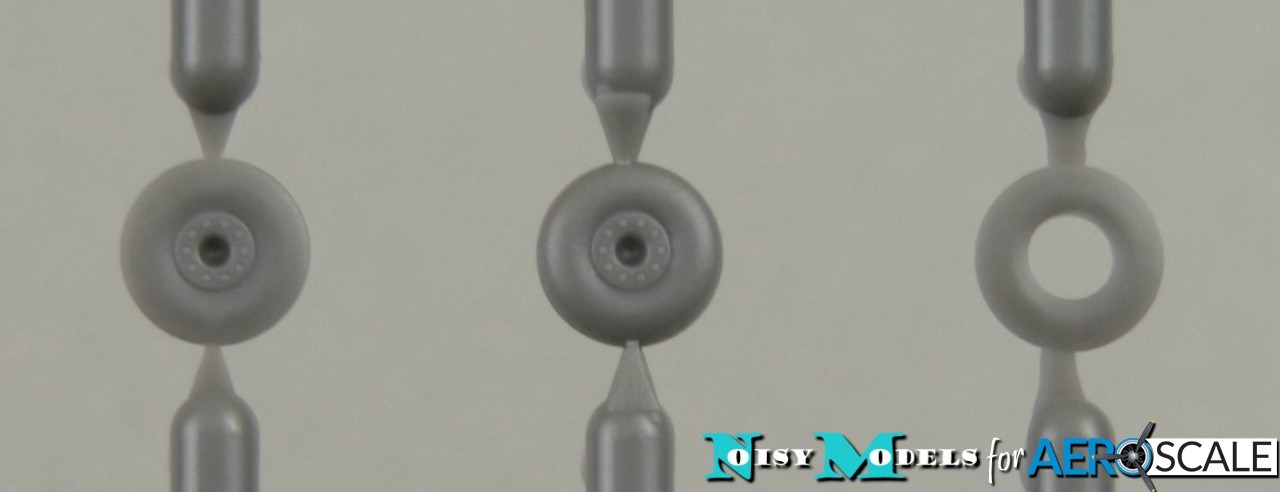
Depending on which colour scheme you go for, the kit includes optional 11.5lb and 120lb bombs to hang under the fuselage and the winglets on the undercarriage fairings. The tails of the smaller bombs are moulded solid, so they will look better drilled out slightly to thin the rings before representing the fins inside.
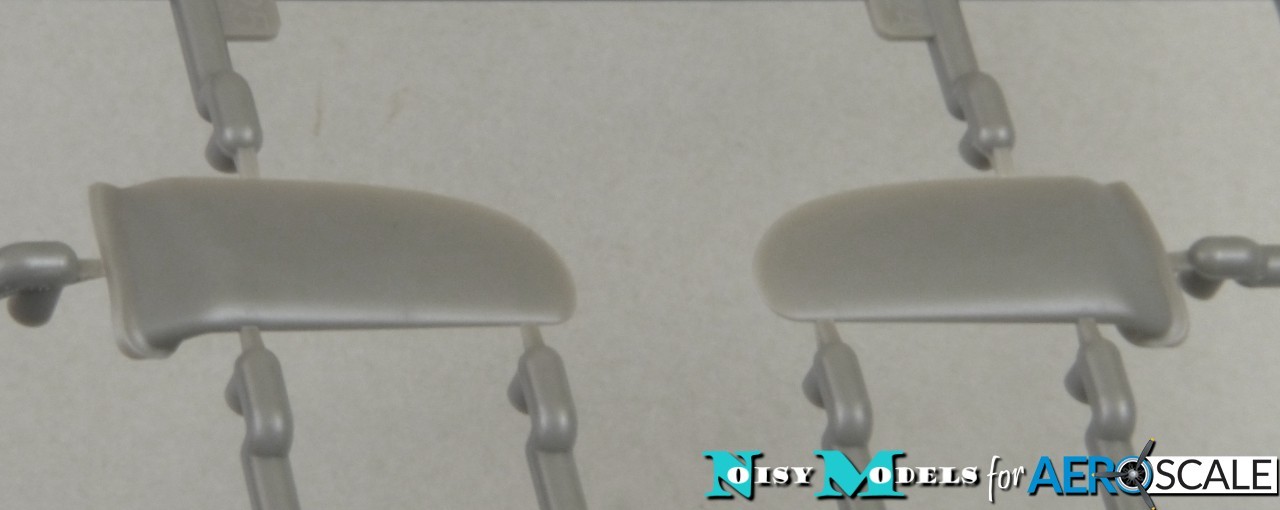
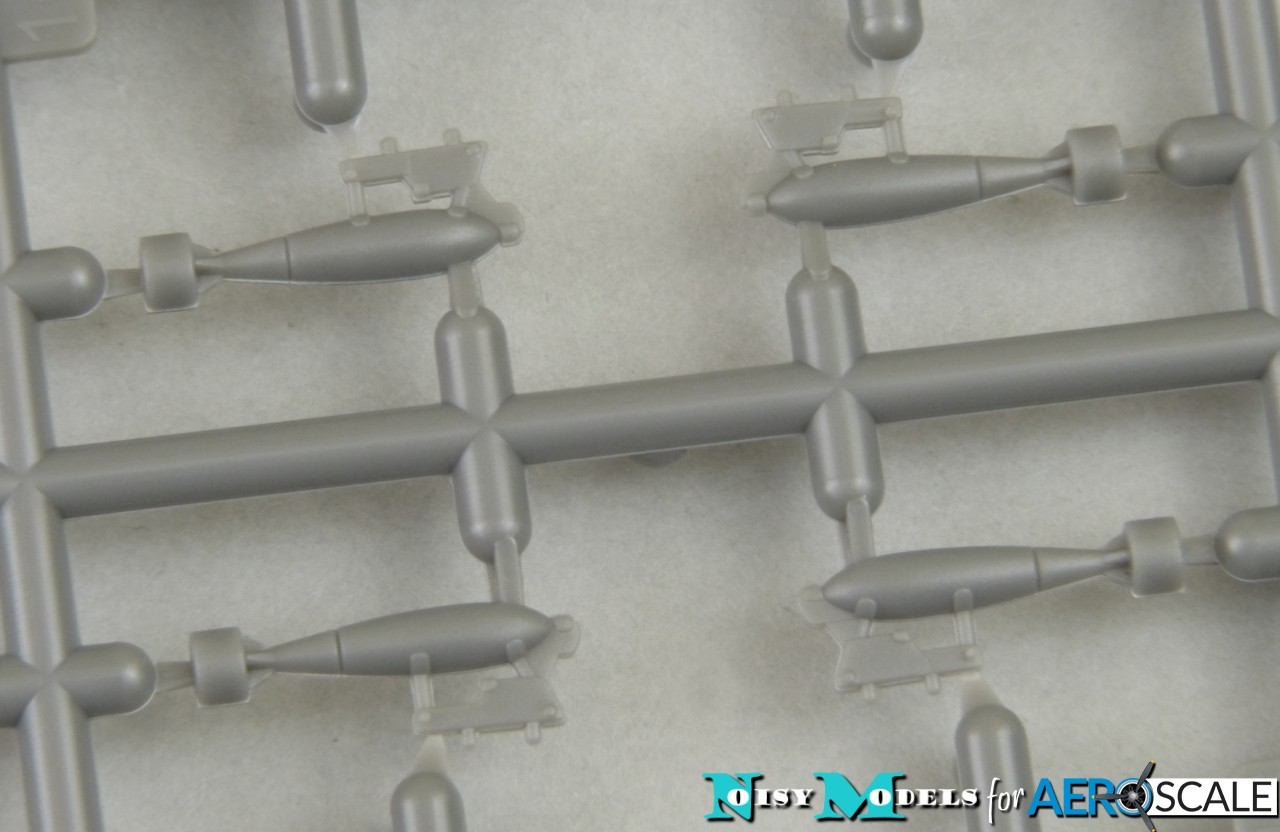
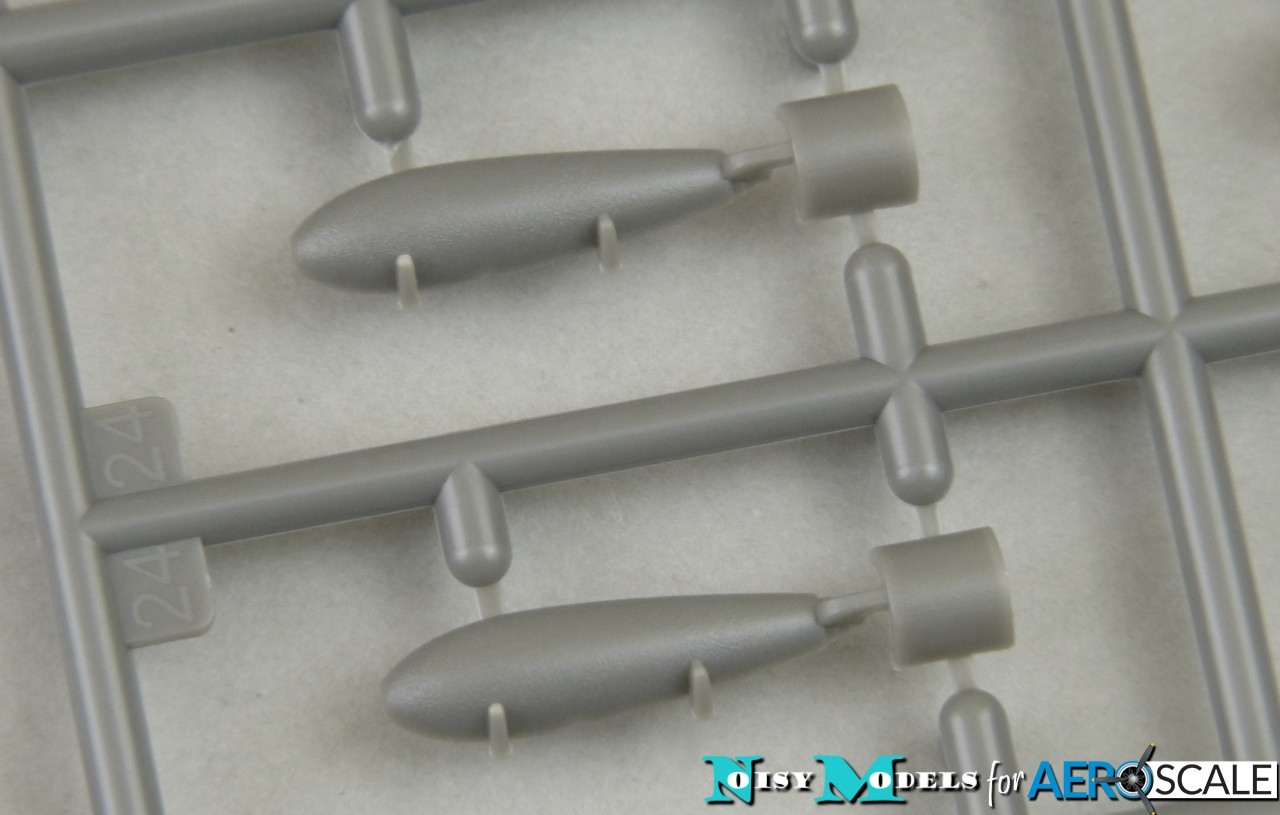
The clear parts are beautifully moulded with a choice of parts for two styles of canopy, both of which can be modelled open or closed. The framework is crisply defined to make masking easier - and you can be sure that aftermarket masks will be available to speed things up.
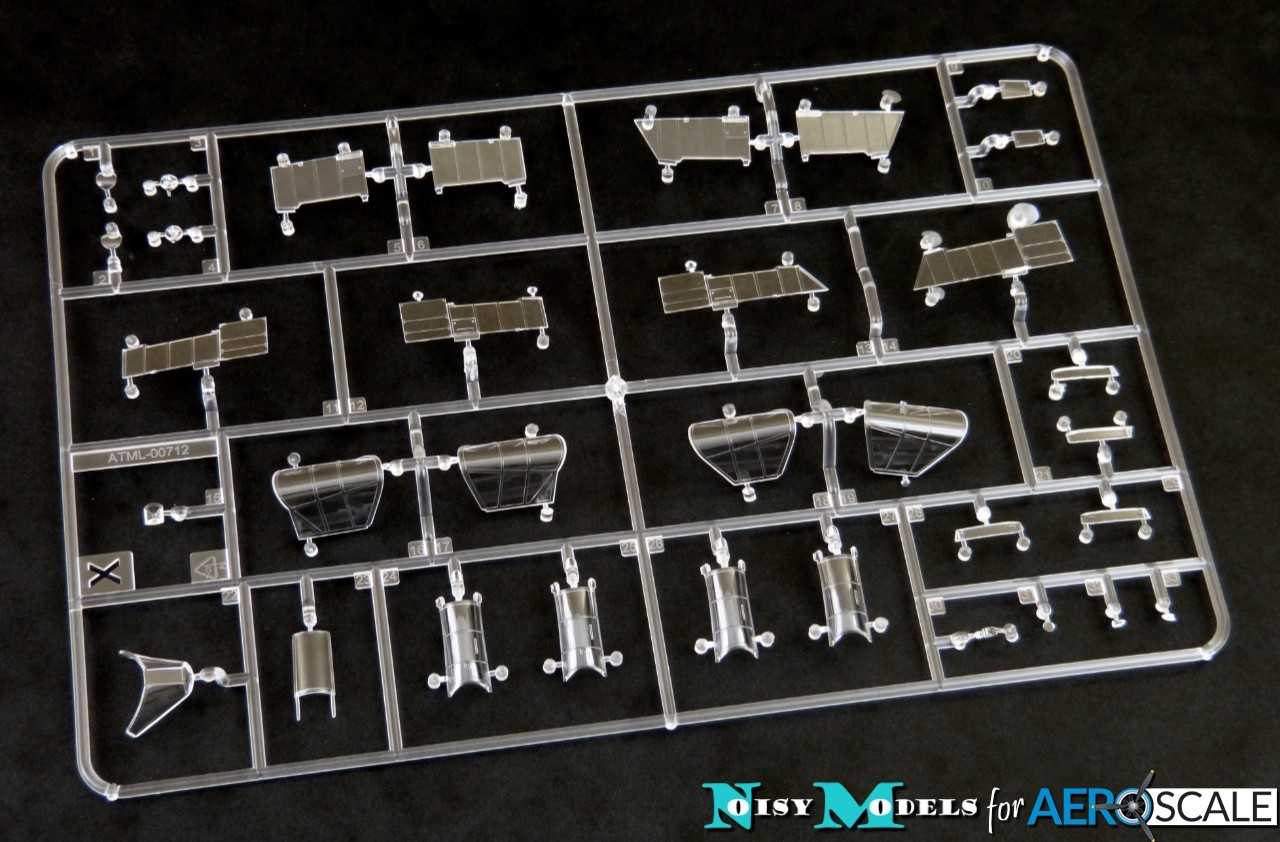
Instructions & Decals
Airfix provide a 16-page construction guide with a separate sheet for the colour schemes. Despite breaking the assembly down into no less than 118 stages, the layout of some of sections of the instructions is a bit cluttered and I think could be overwhelming for beginners.
It doesn't help that Airfix continue with their idiosyncratic way of highlighting previous assemblies in red (and then not doing so consistently). I have to question the need to highlight prior sub-assemblies at all - because if there's one thing you don't need a reminder of, it's the item you've just finished in the stage before.
Conversely, where you need to remove ejection pins is marked in dull green, which tends get to lost in the shaded grey diagrams.
The instructions refer to Humbrol paints throughout. Slightly annoyingly, the only complete list of all the paints needed is on the outside of the box - and that only shows the numbers, not the colours. So, for the interior details you have to do some cross-referencing against an online Humbrol colour chart.
By contrast, the painting guide for the colour schemes is very good - printed large on glossy paper, with the exterior colour names and numbers clearly shown.
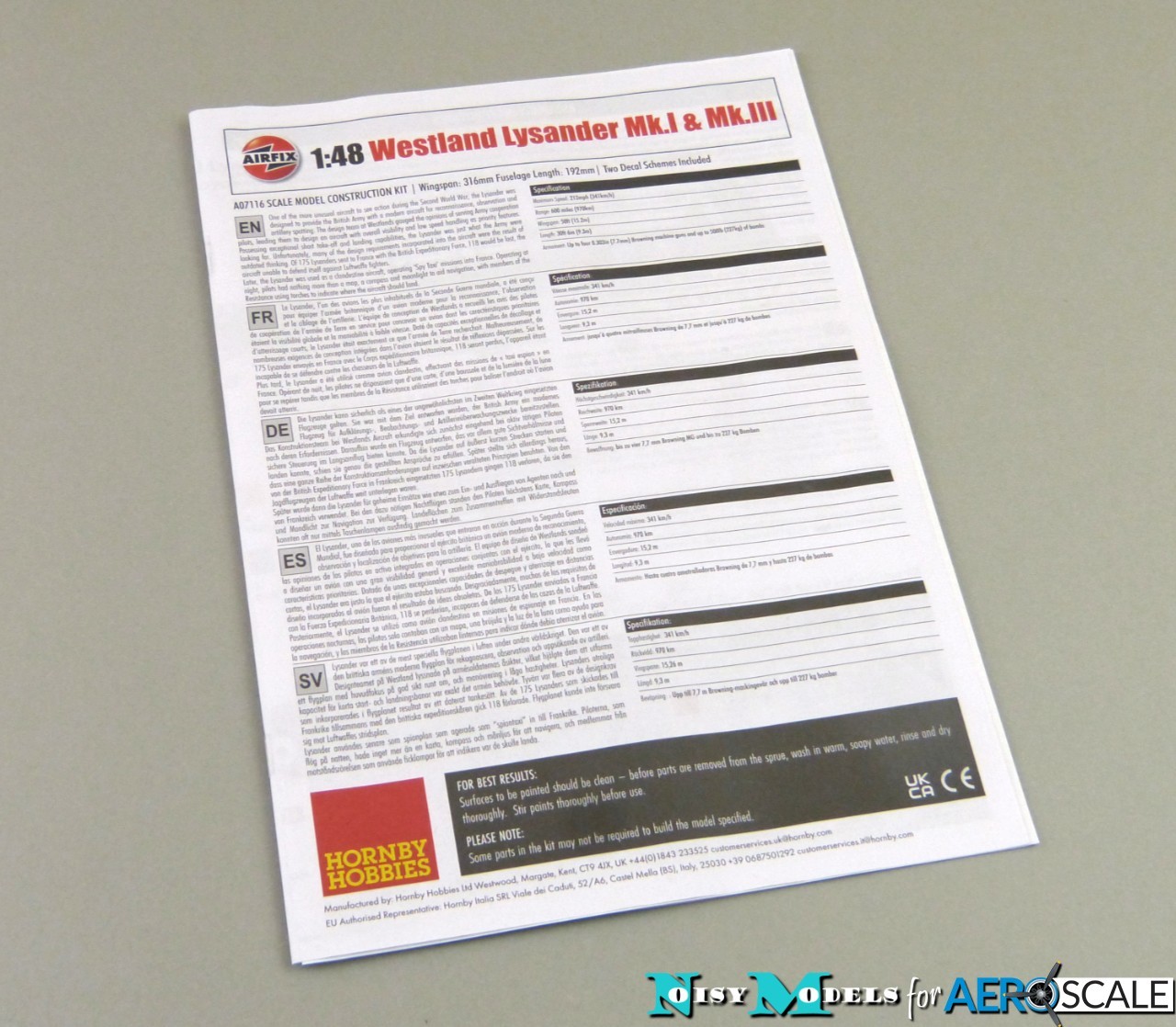
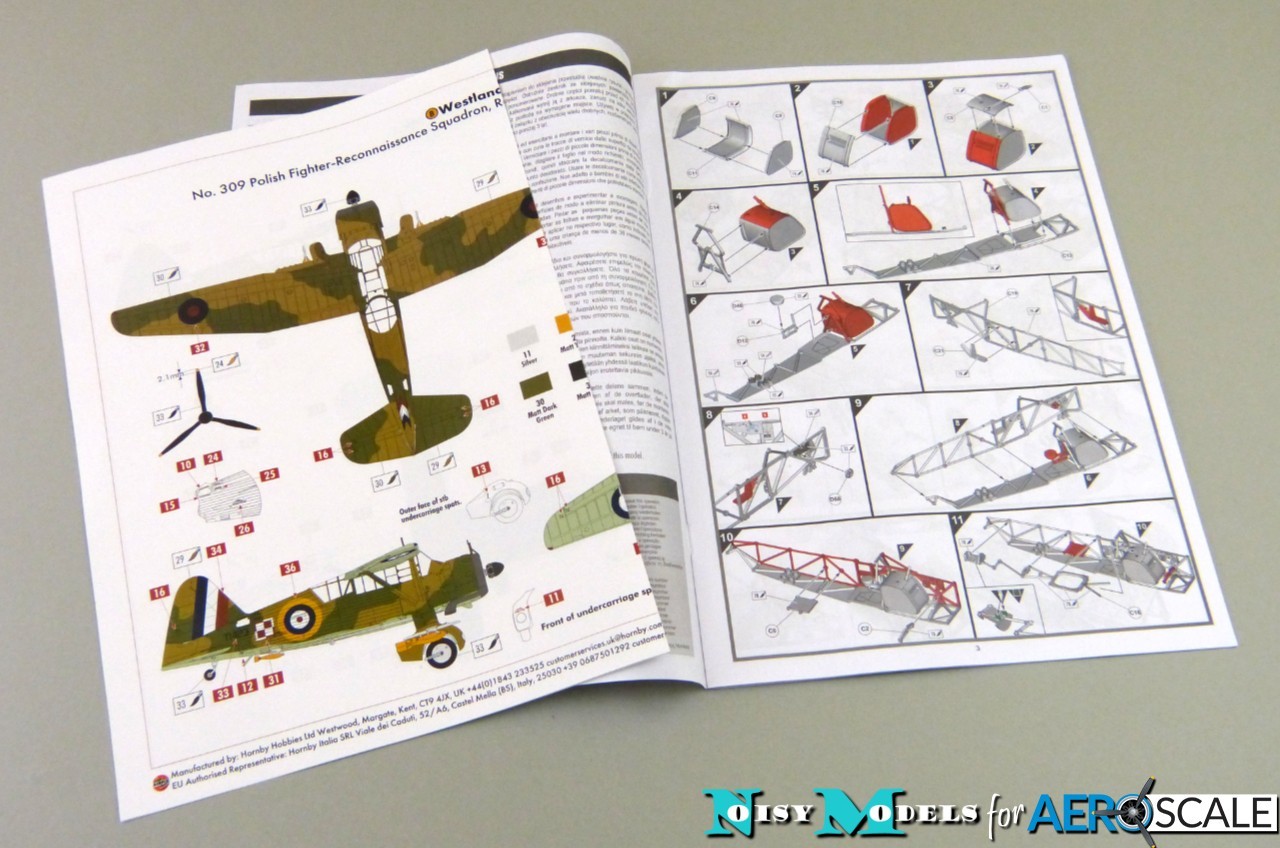
The kit includes decals for a pair of Lysanders:
A. Lysander Mk.I, KJ-L, 16 Sqn., Old Sarum, 1938-39
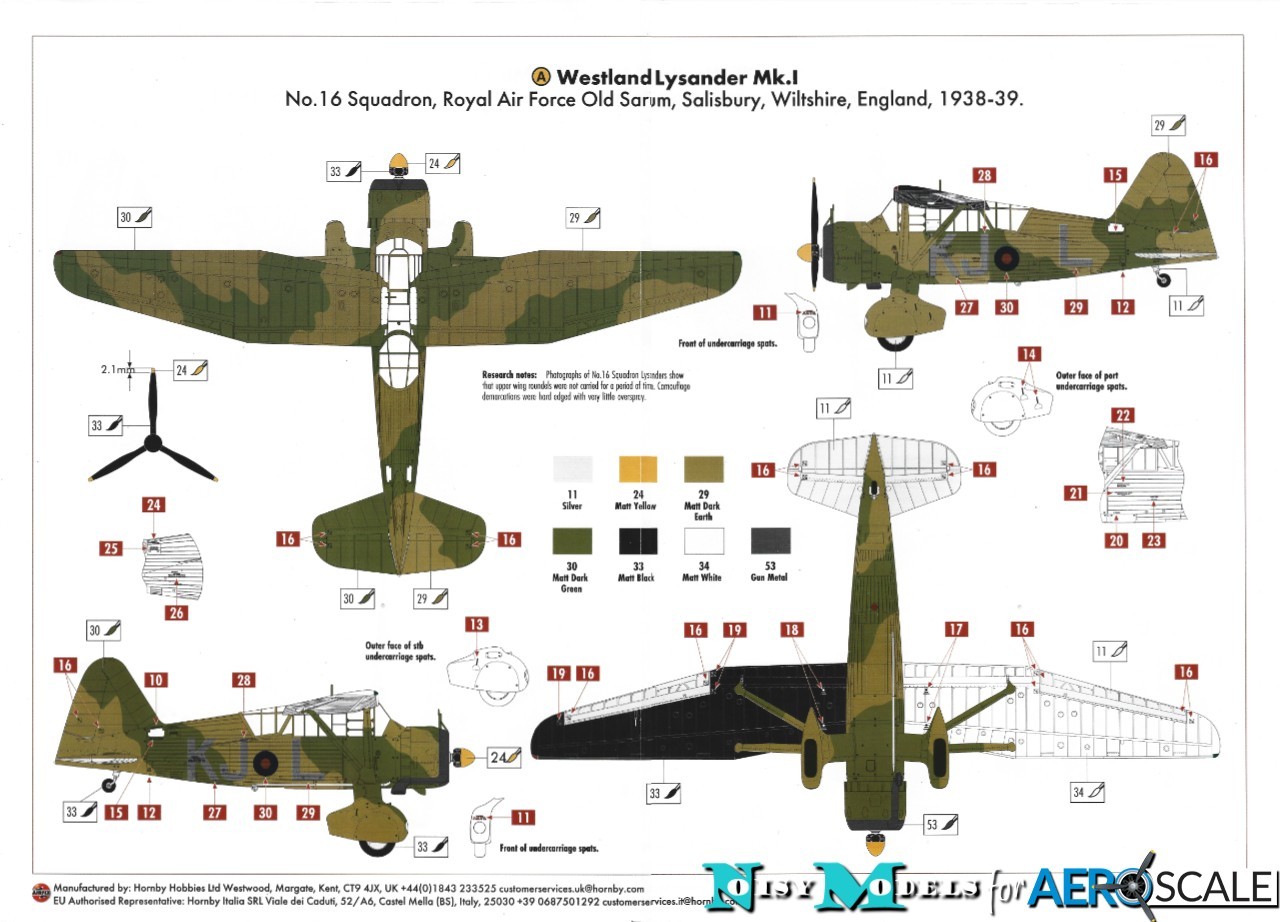
B. Lysander Mk.III, s/n TI423, 309 Polish Fighter-Reconnaissance Sqn., Renfrew, 1940
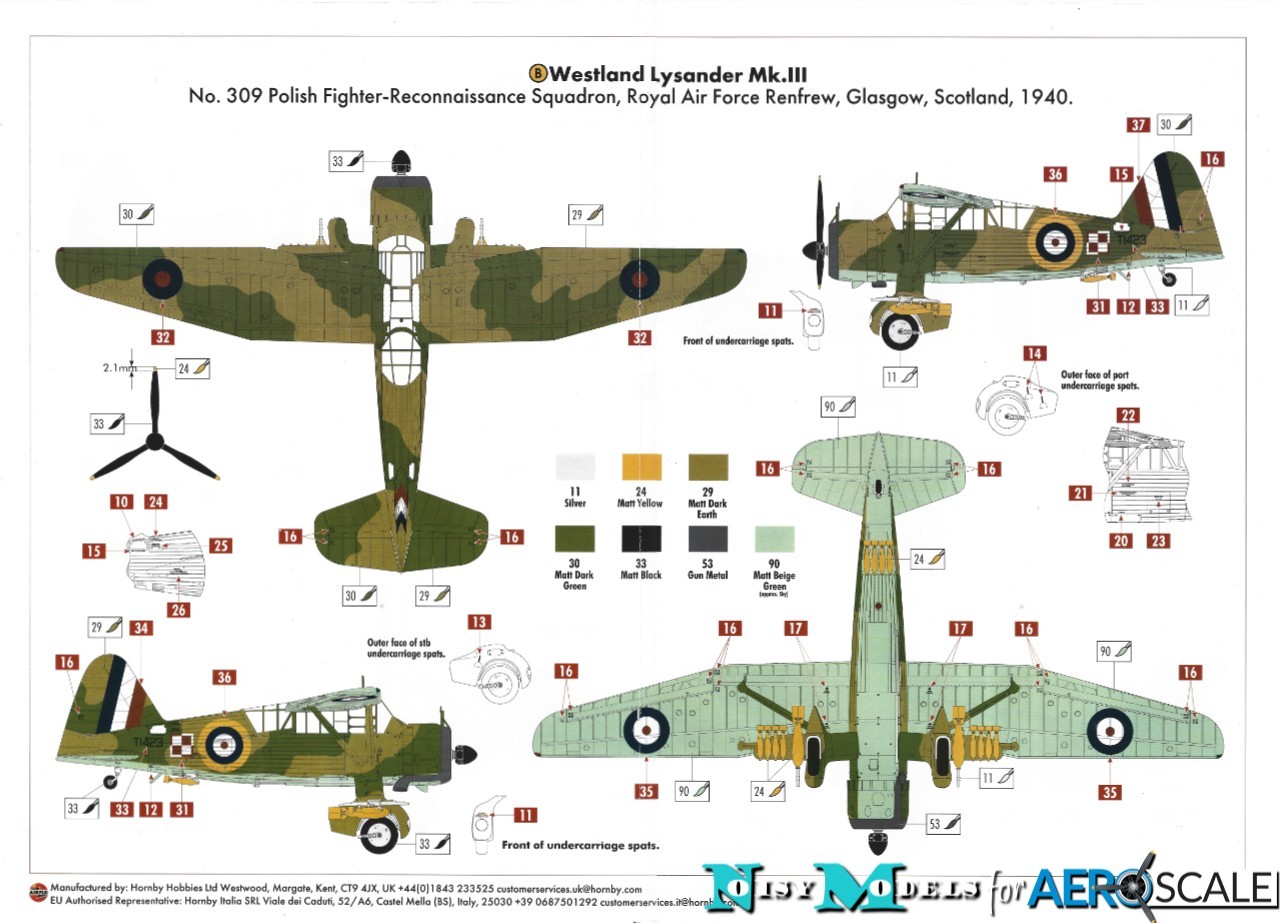
The decals are printed by Cartograf so, as you'd expect, they're absolutely superb quality with the glossy items showing pin-sharp registration and essentially no excess carrier film except where it groups elements. The colours look very good and the sheet includes servicing stencils in addition to the national and squadron markings. It's commendable that Airfix have gone with a top-quality decal producer like Cartograf for their kits, ensuring excellent results can be had straight from the box.
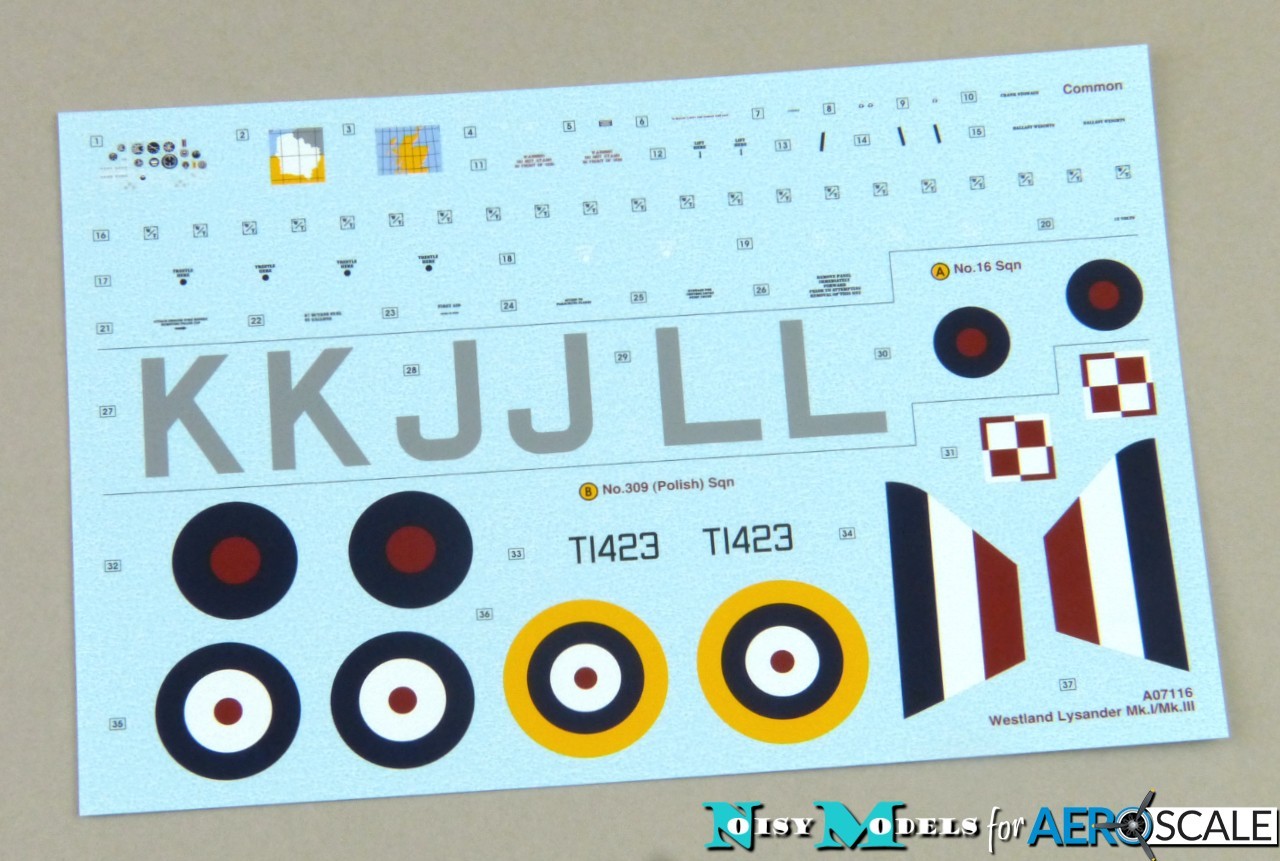
Conclusion
The new Lysander is an excellent kit that really shows Airfix at the top of their game. The kit offers huge scope for super-detailing, but still boasts masses of detail whilst appearing to be straightforward enough for less experienced modellers to tackle without too much difficulty. The number of construction options does mean you need to decide early on which of the colour schemes you're going for and then follow the instructions carefully. Take your time, though, and you shouldn't go wrong, and the resulting Lizzie promises to be a real gem.
Airfix kit #A07116 is available now - MRP: £39.99. I purchase mine from Jadlam Models.
Please remember, when contacting retailers or manufacturers, to mention that you saw their products highlighted here - on AEROSCALE
















